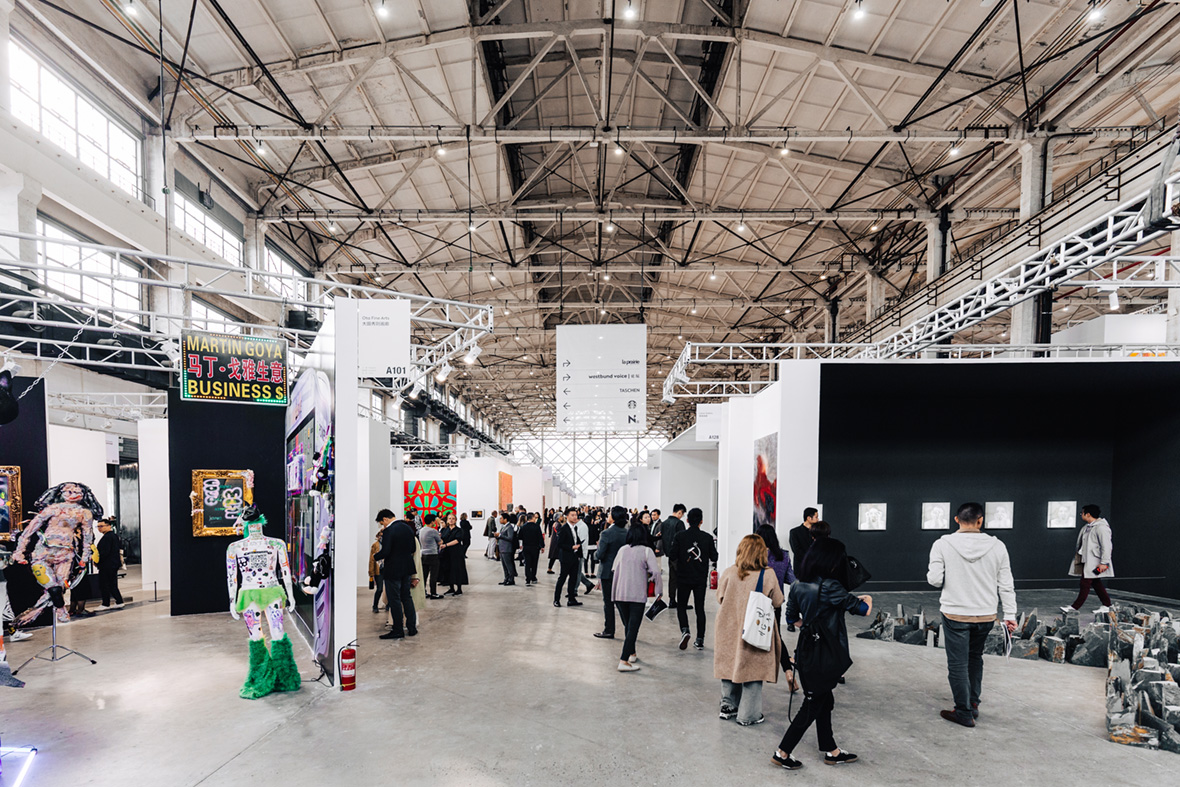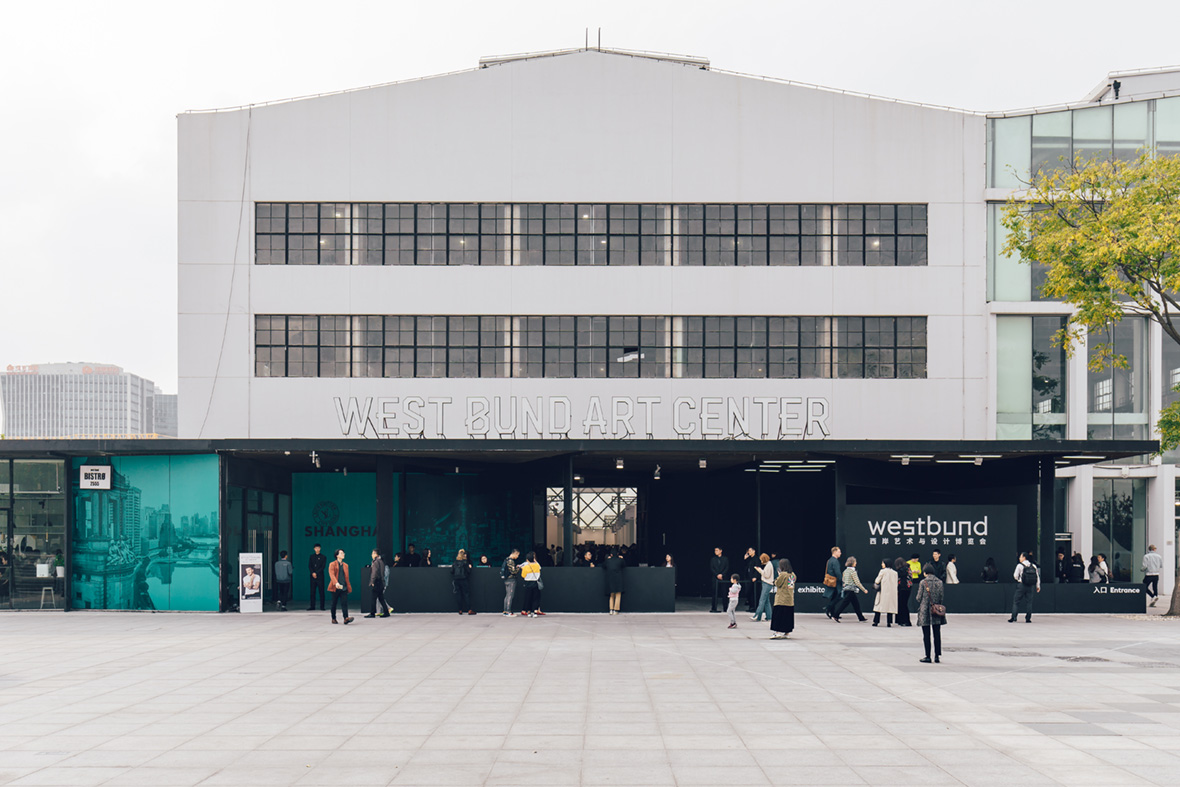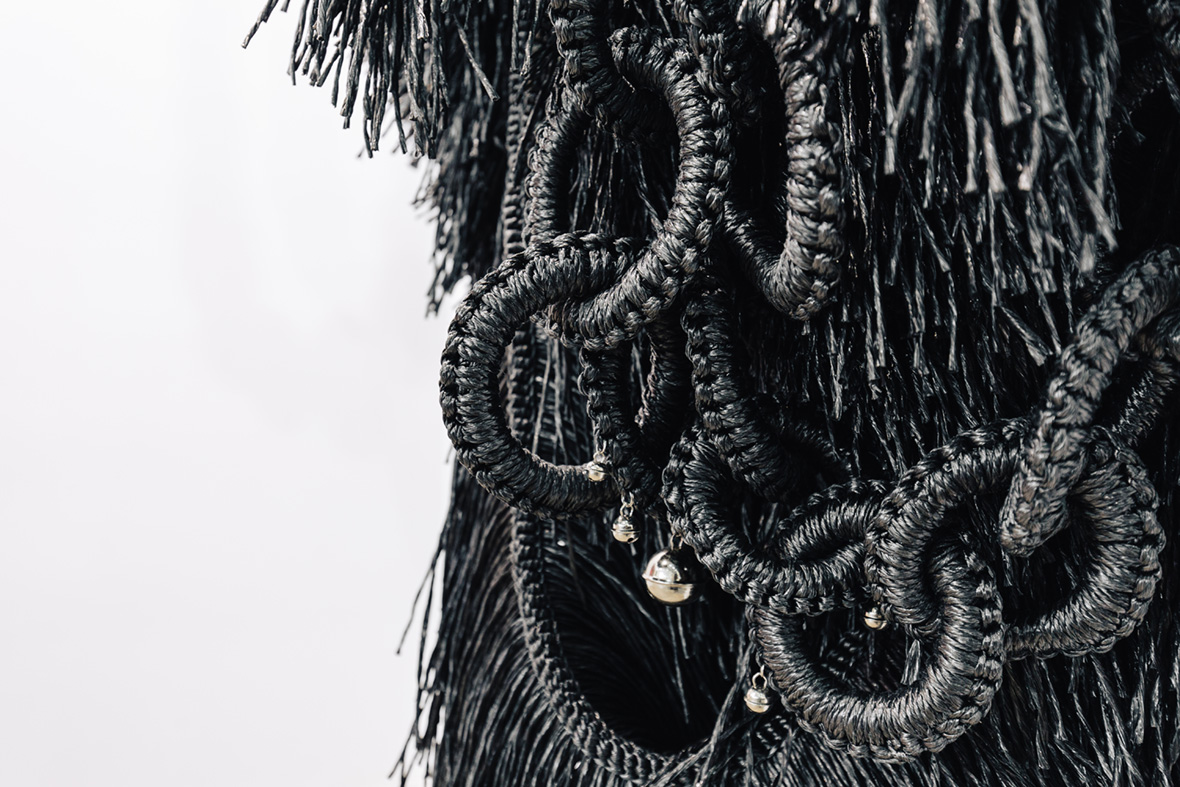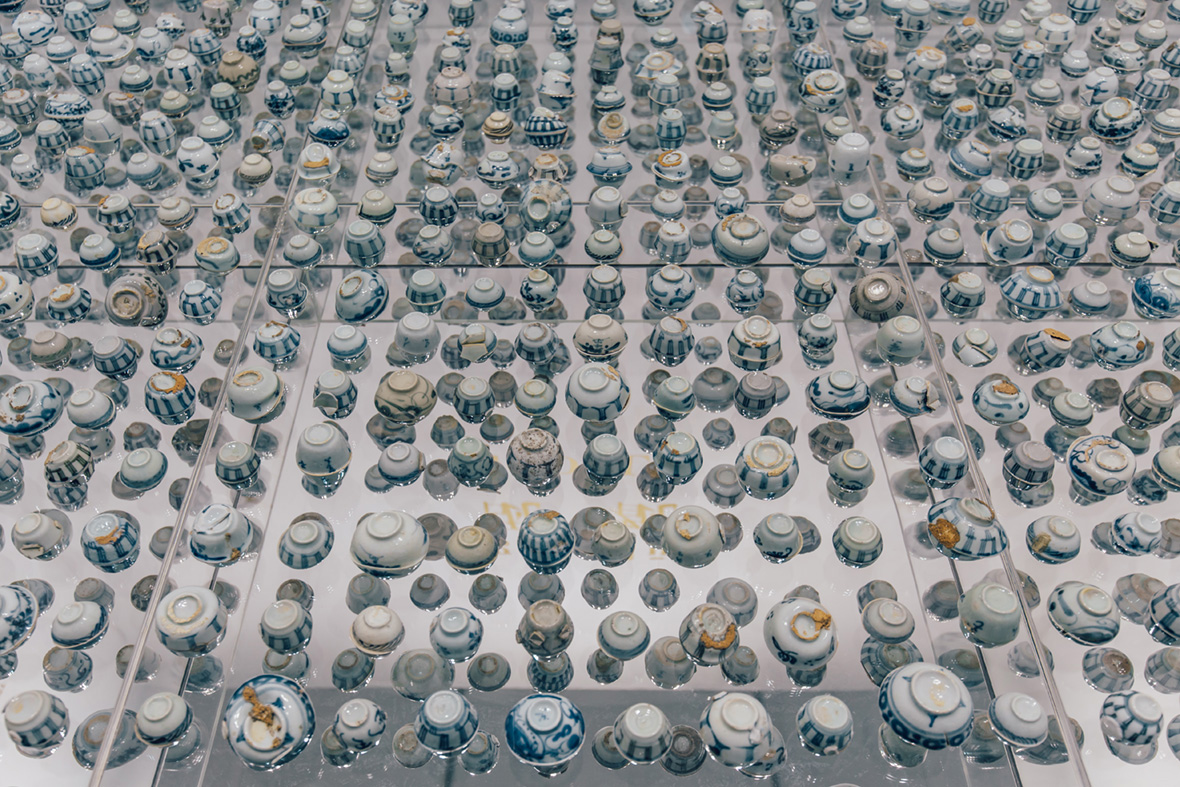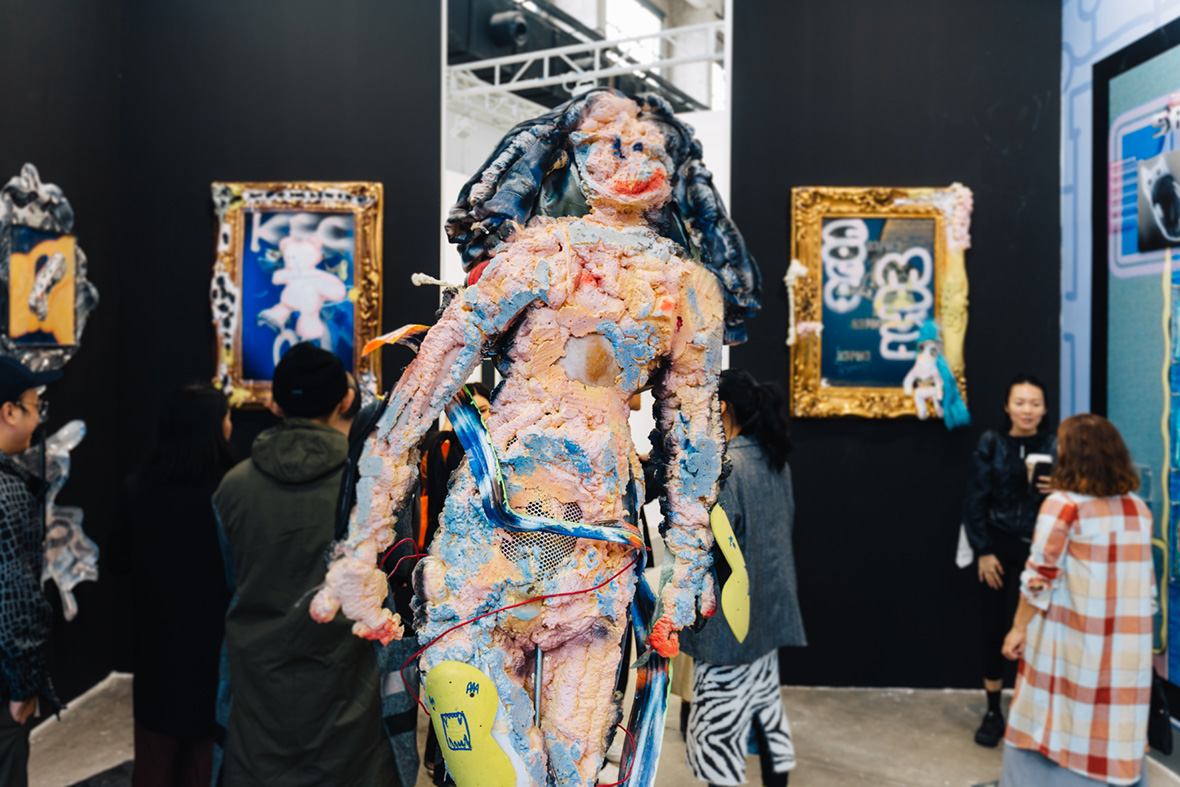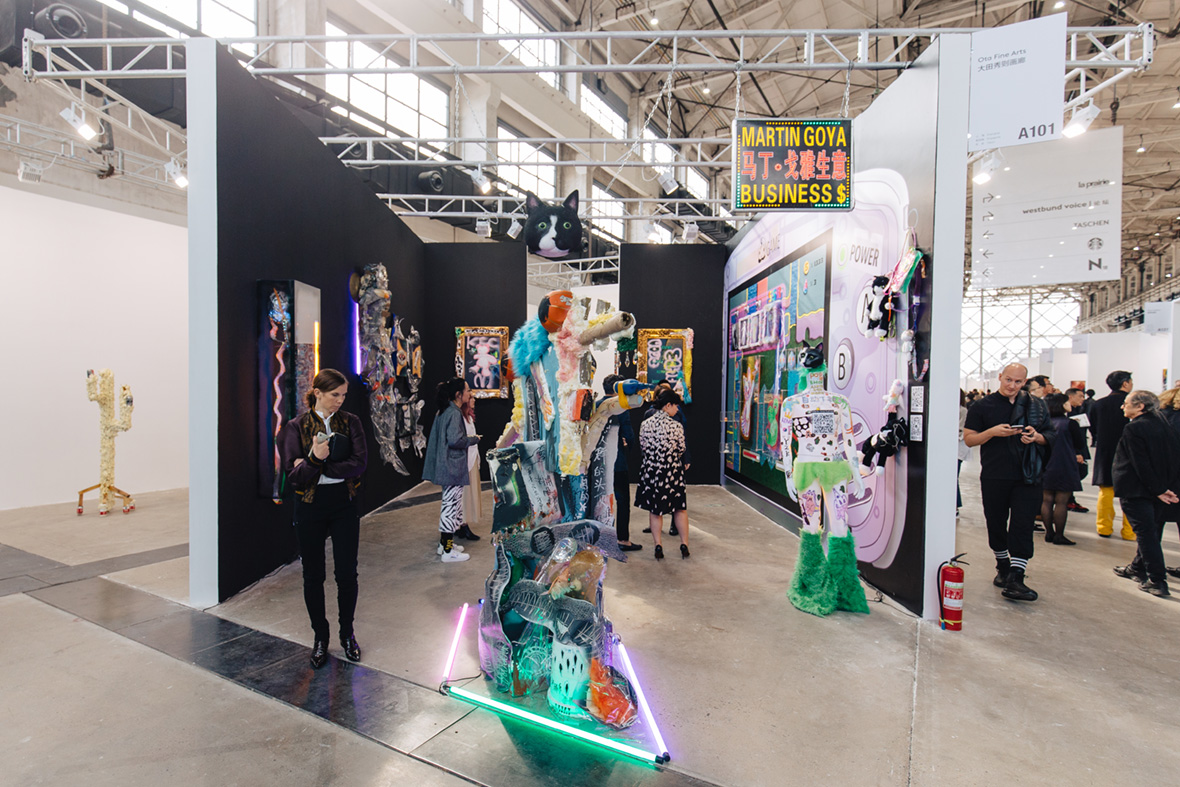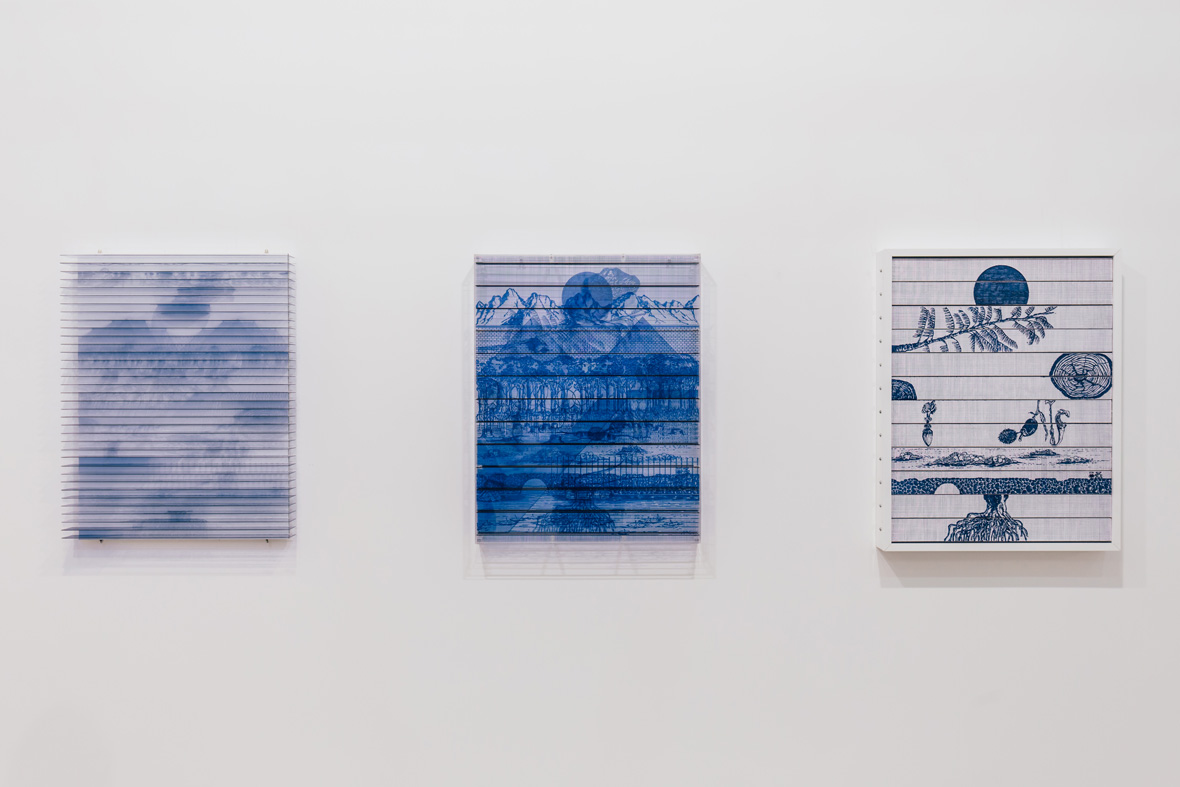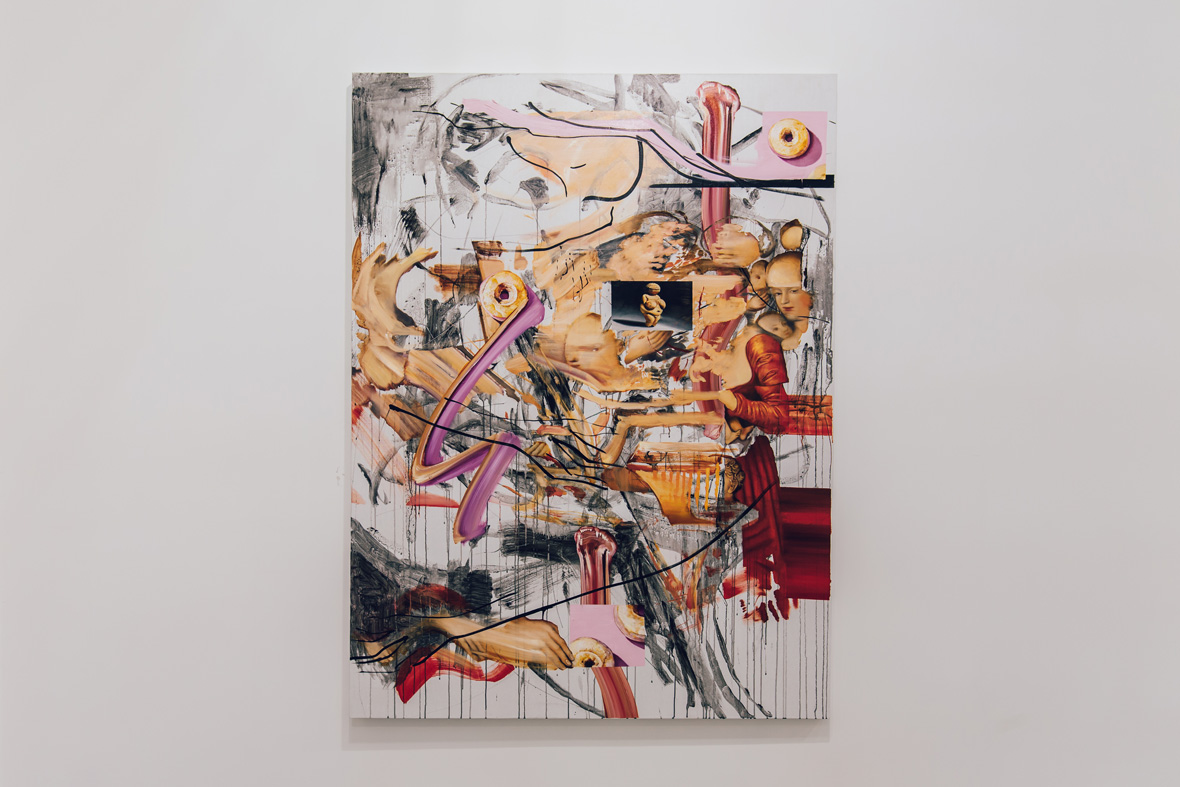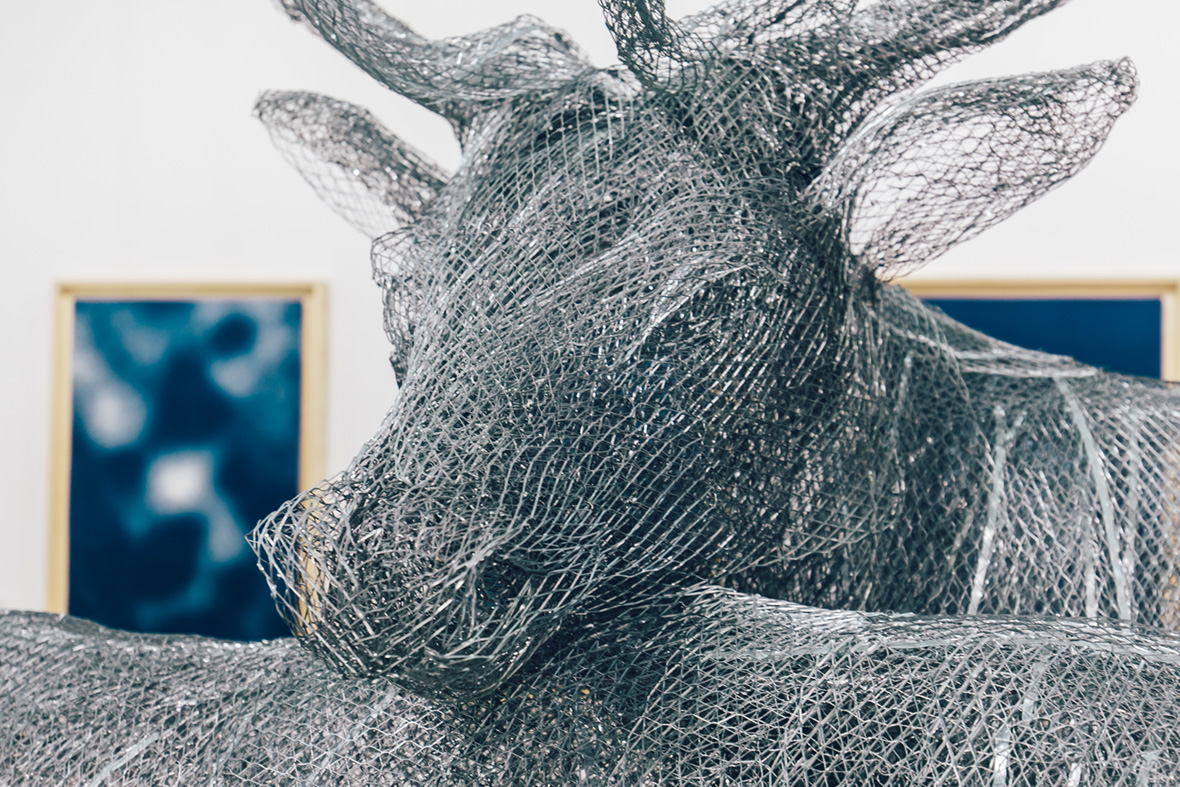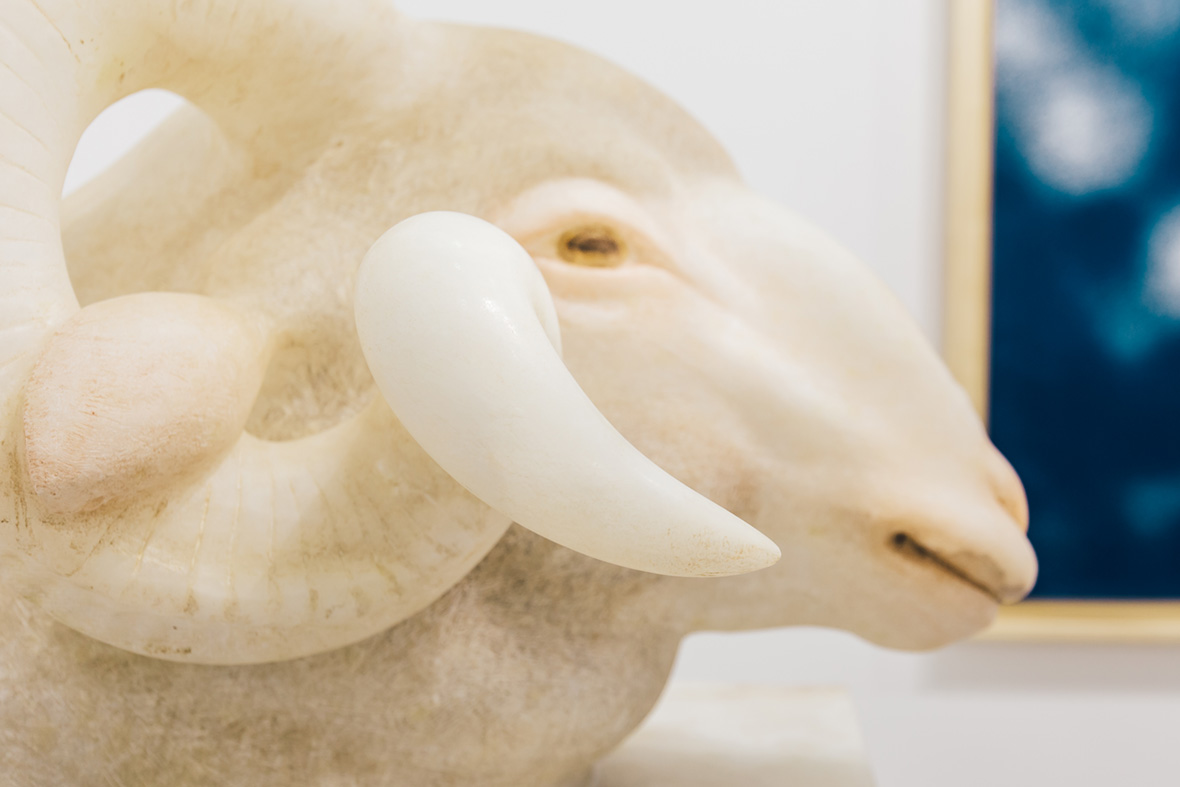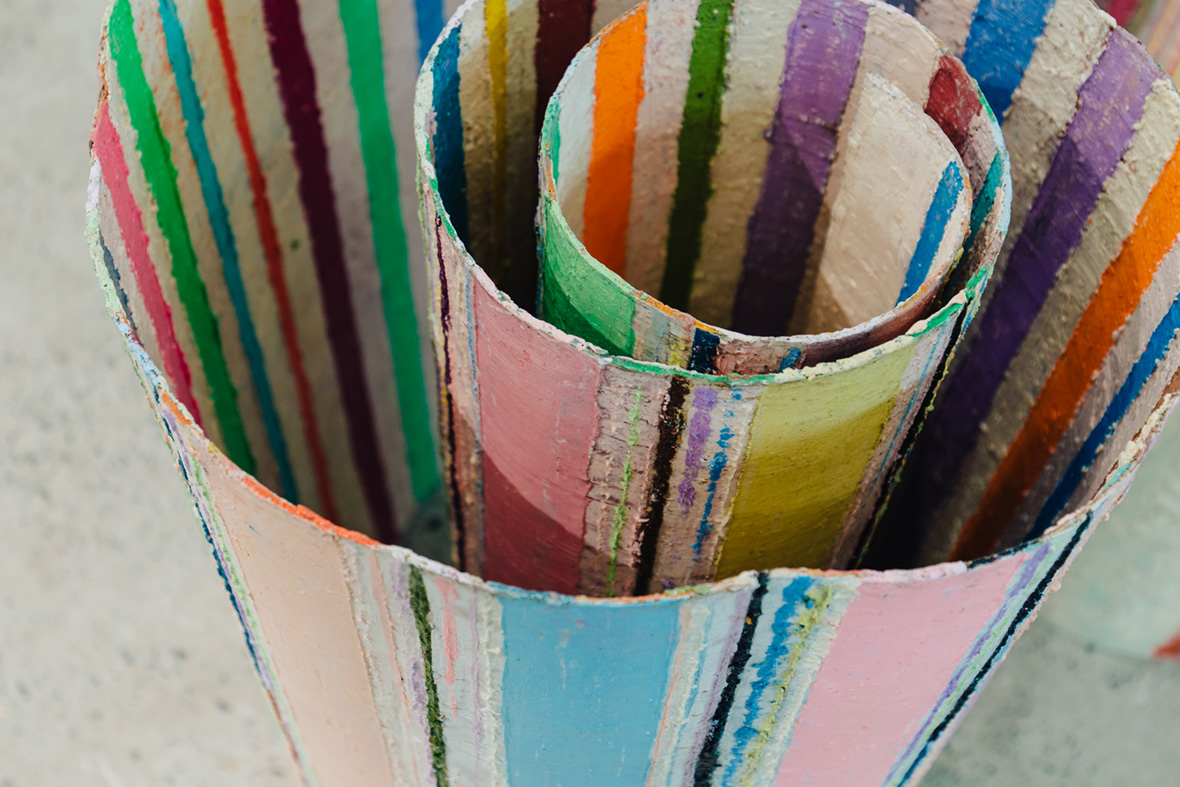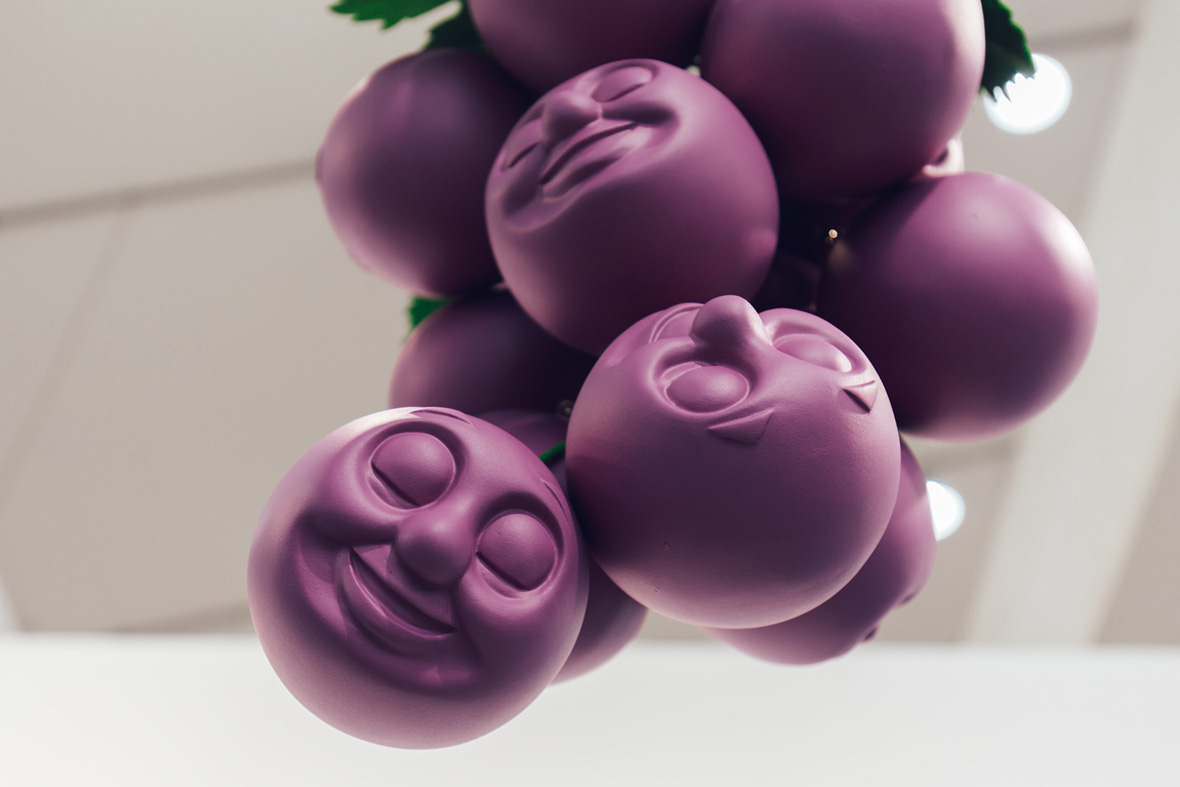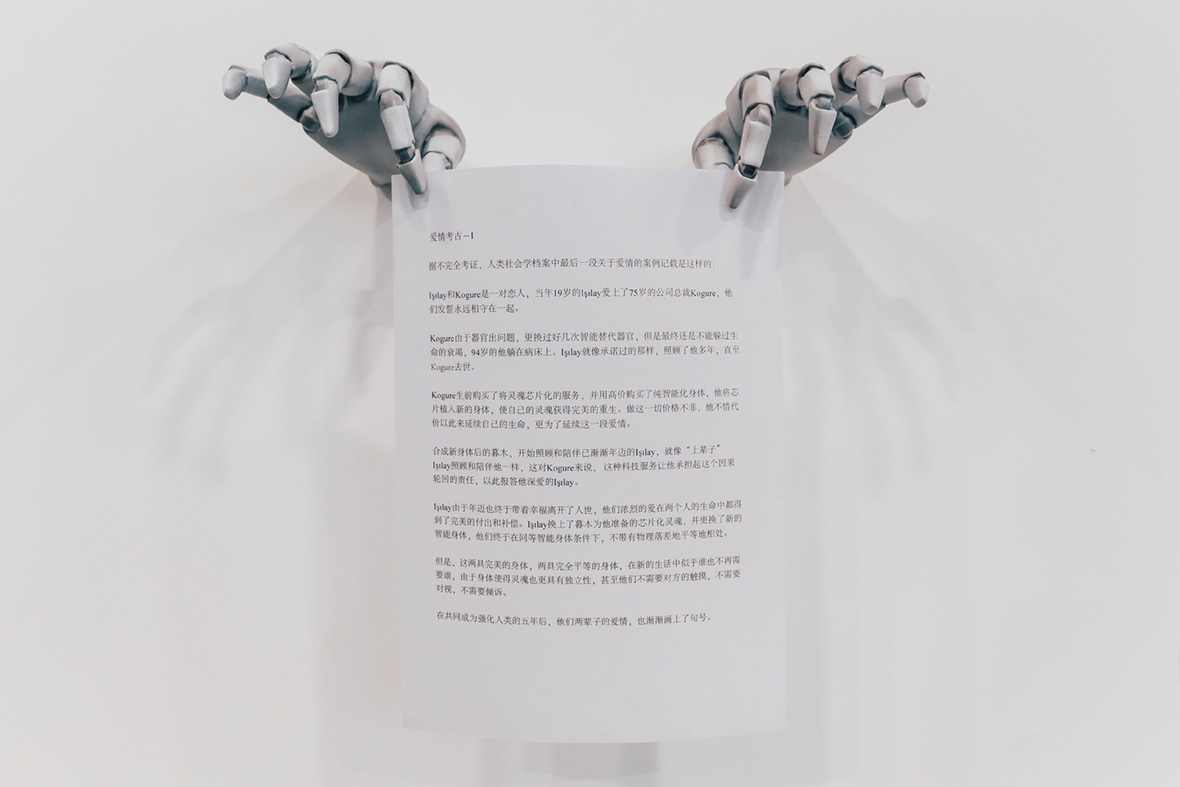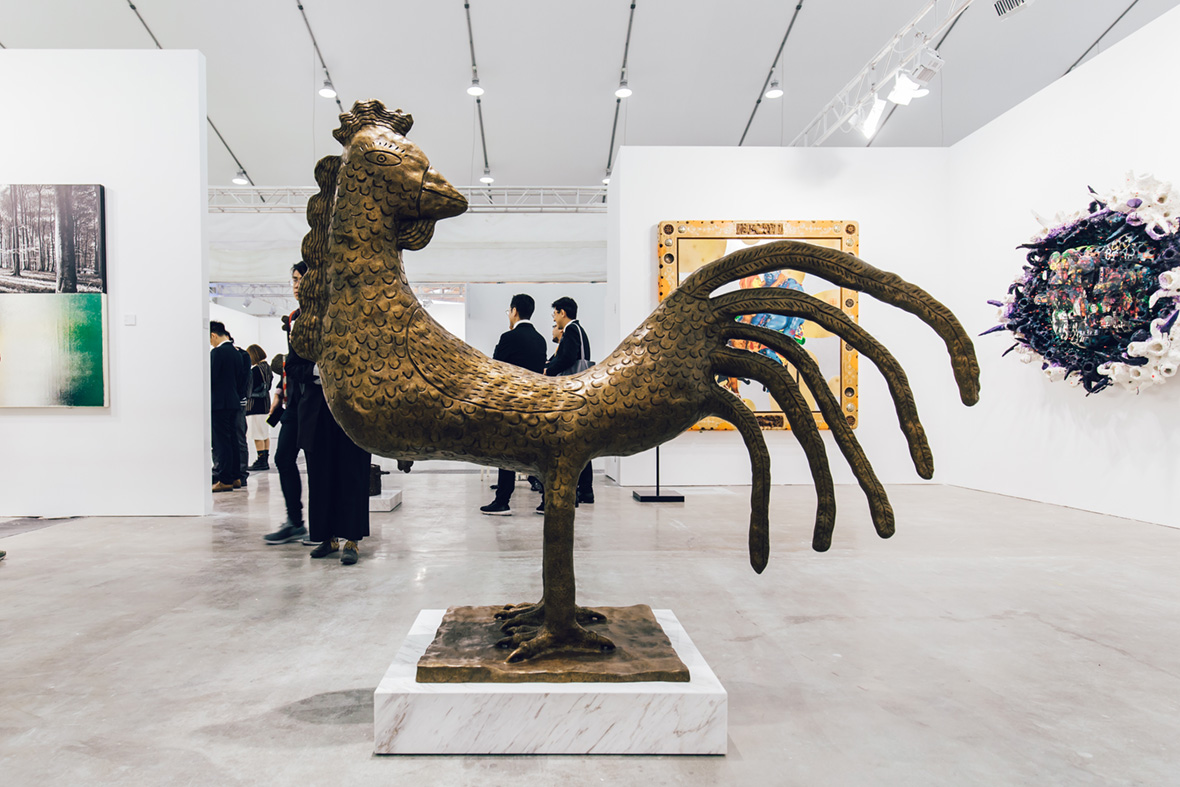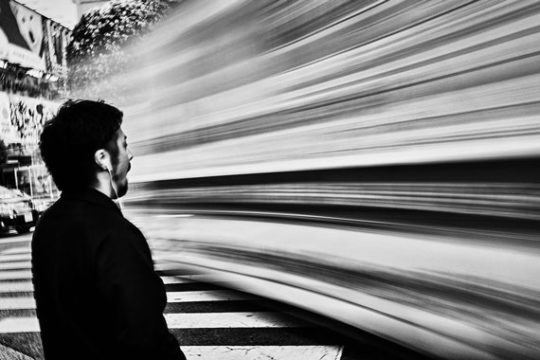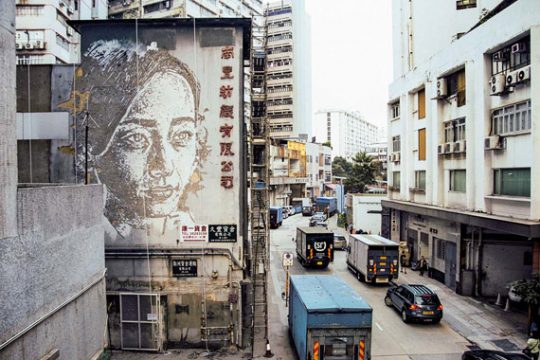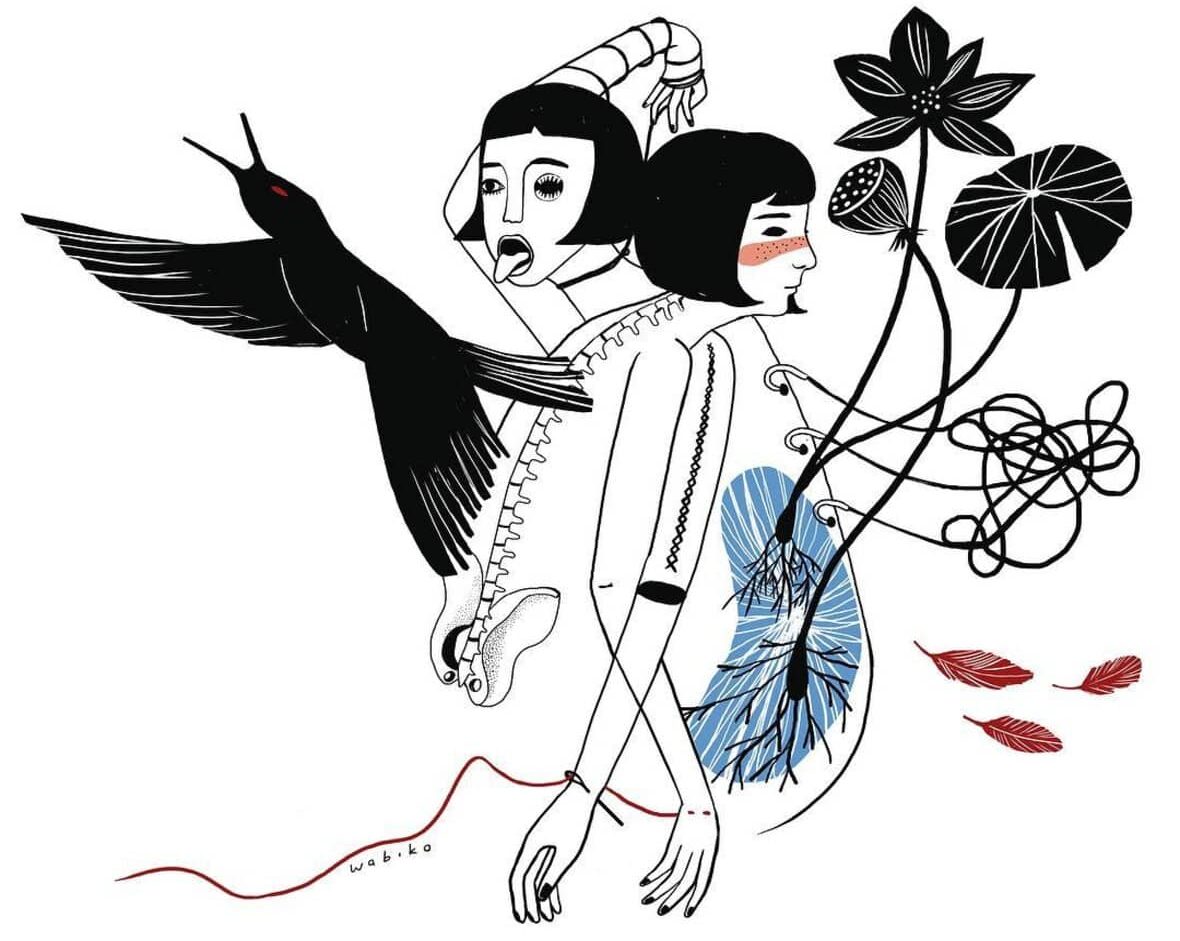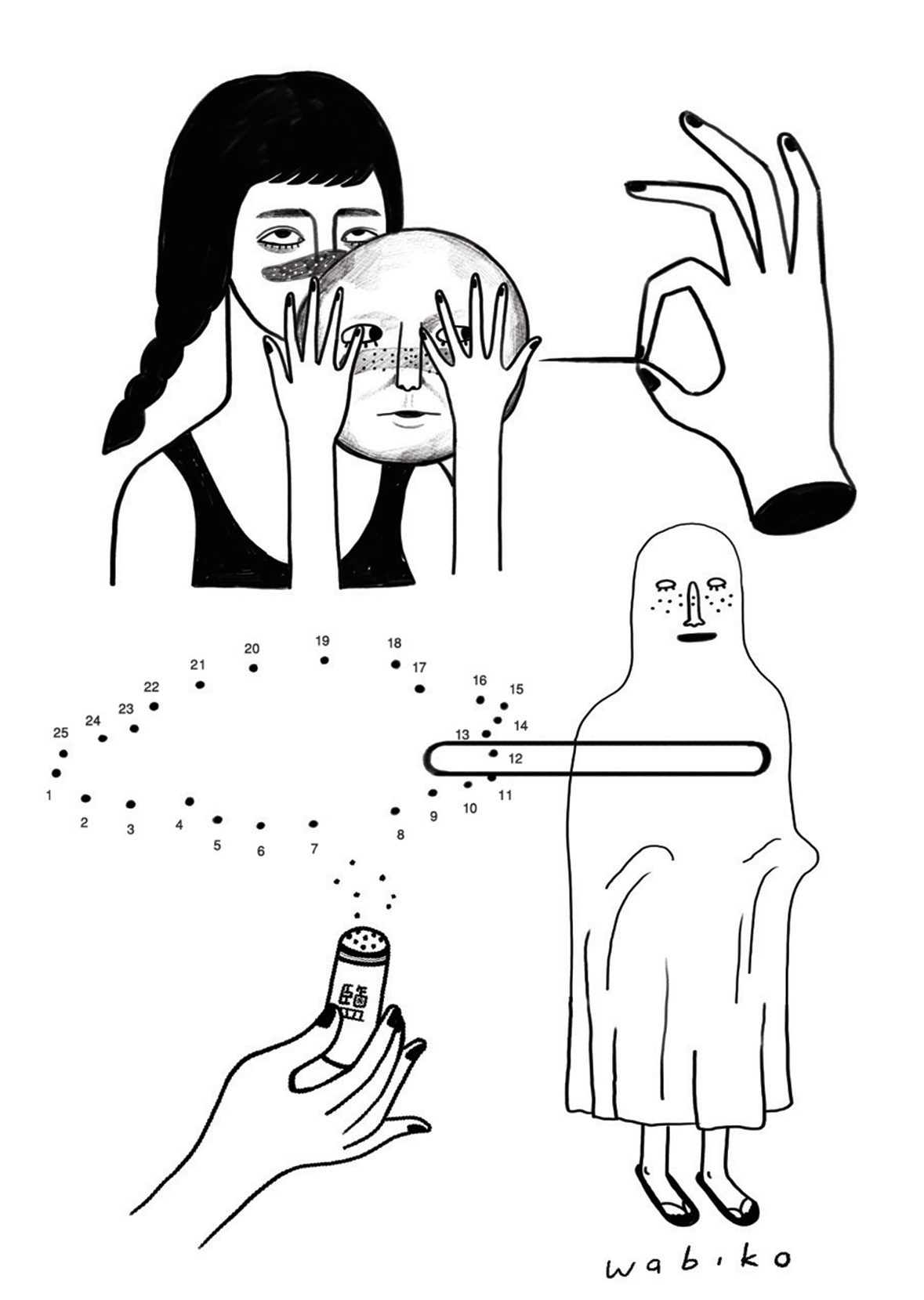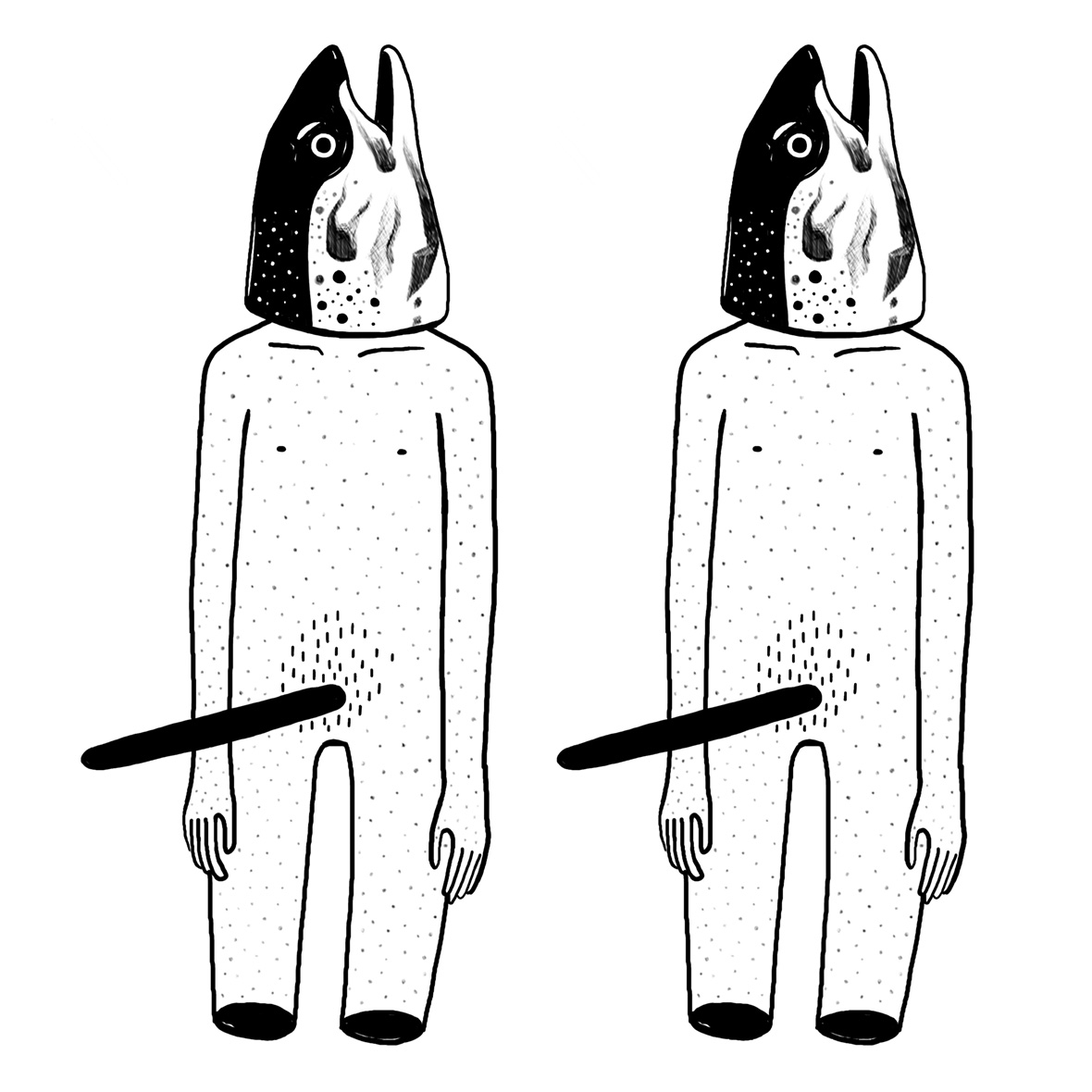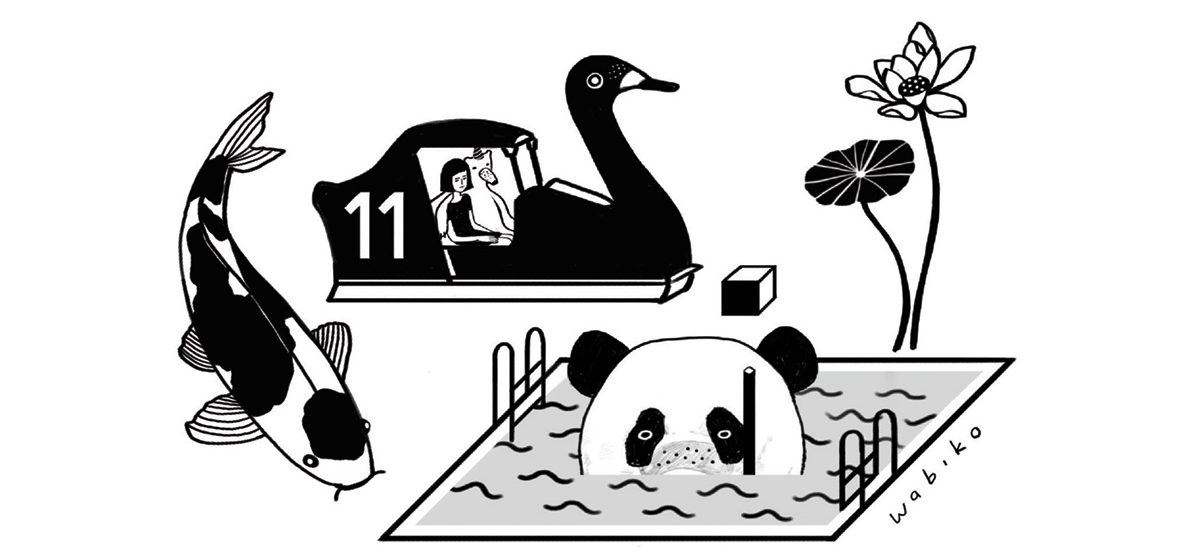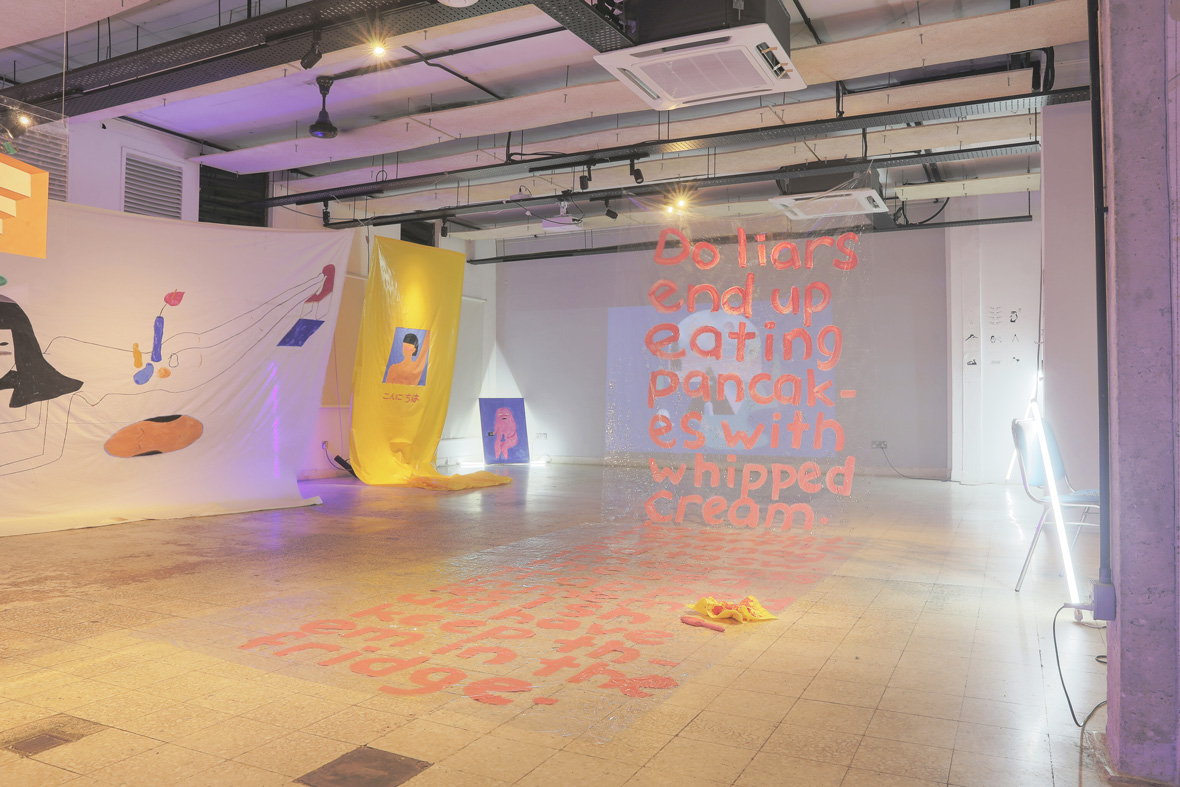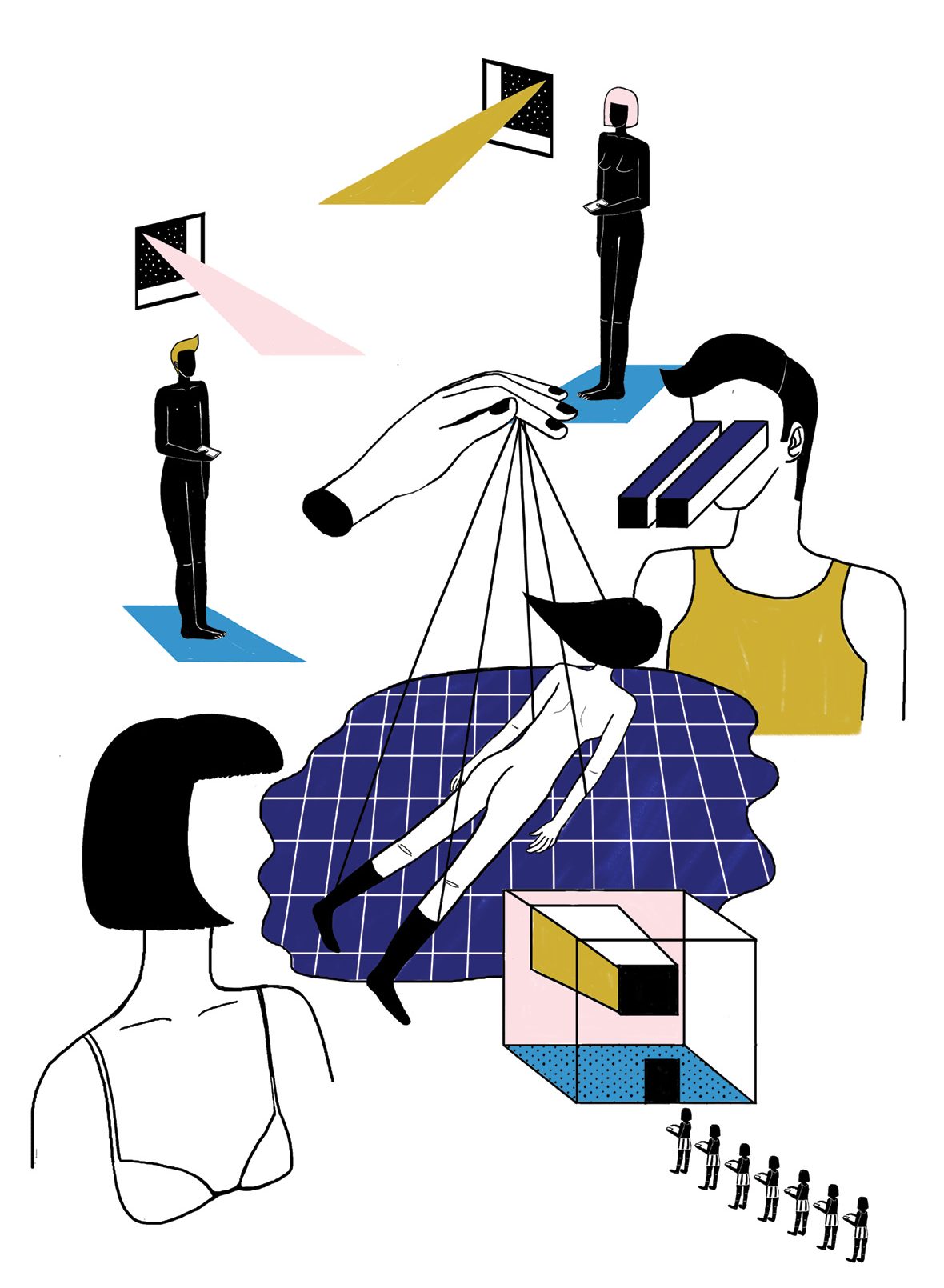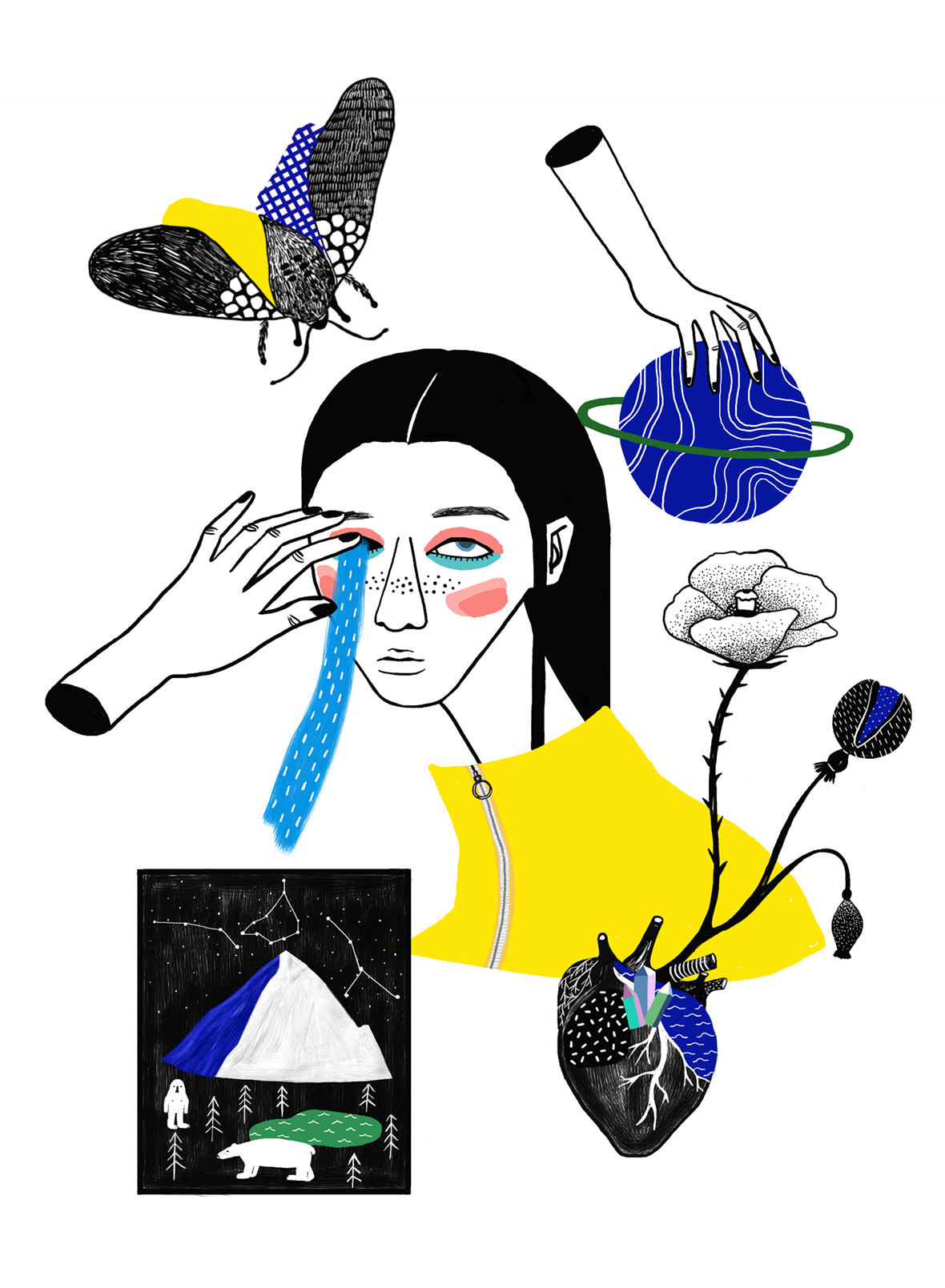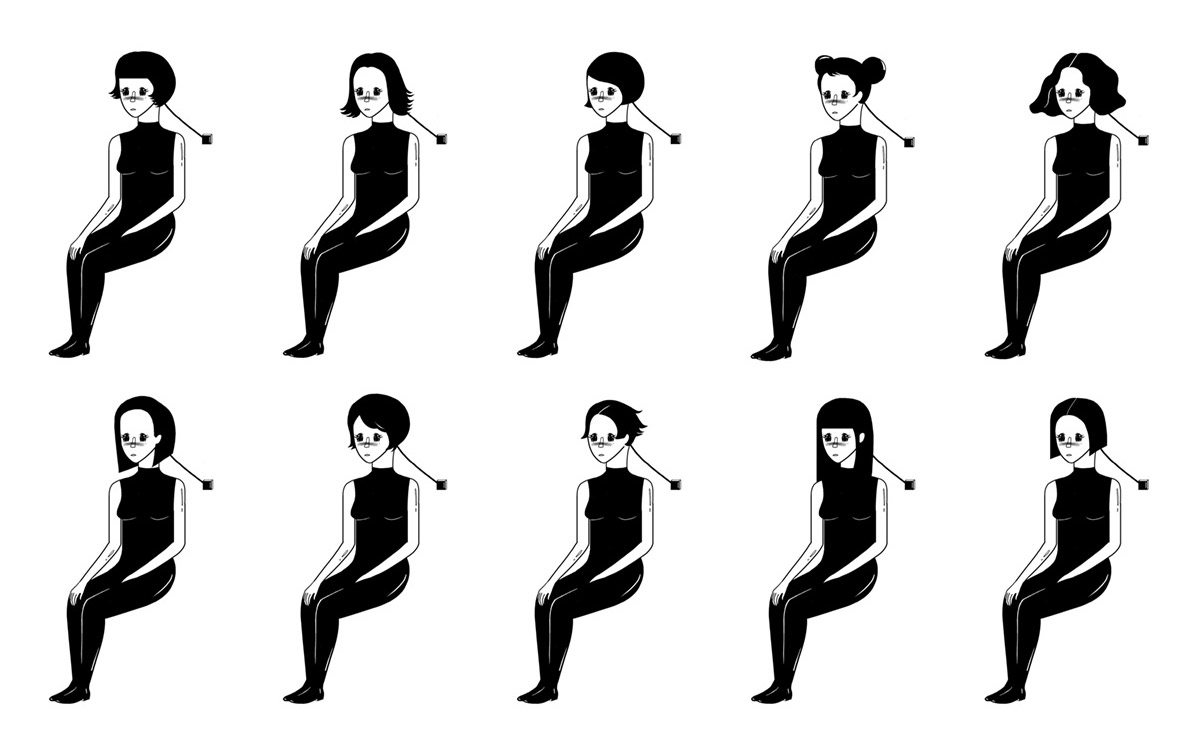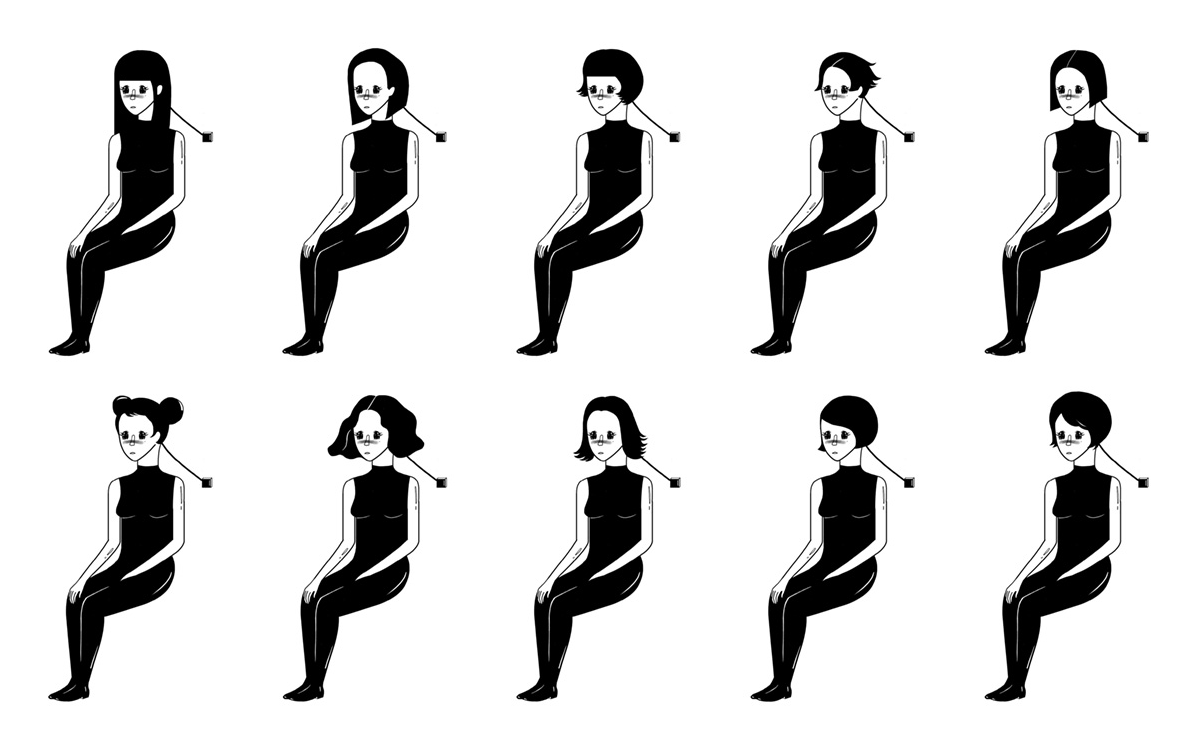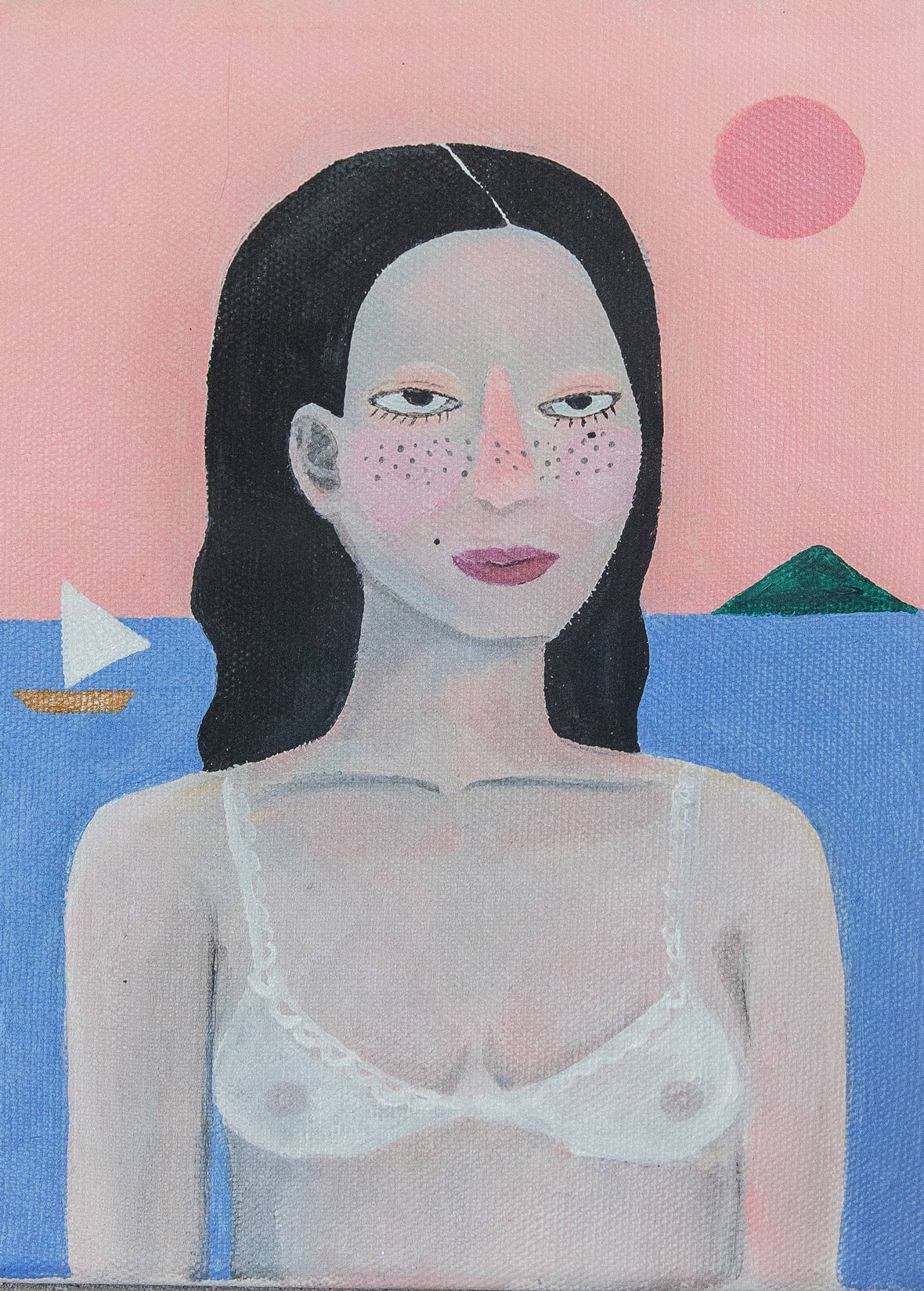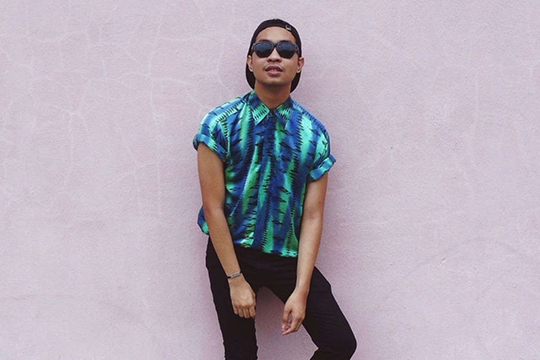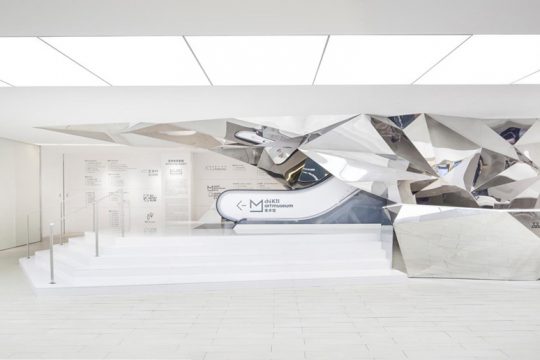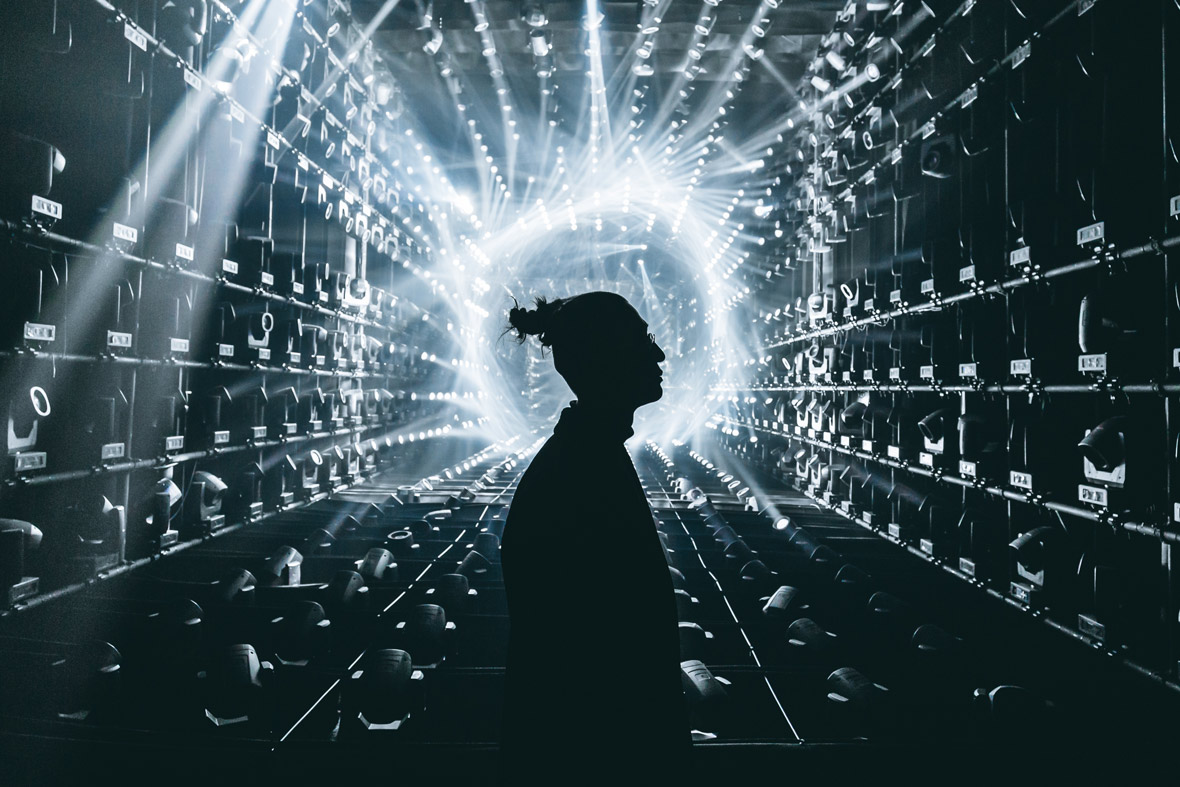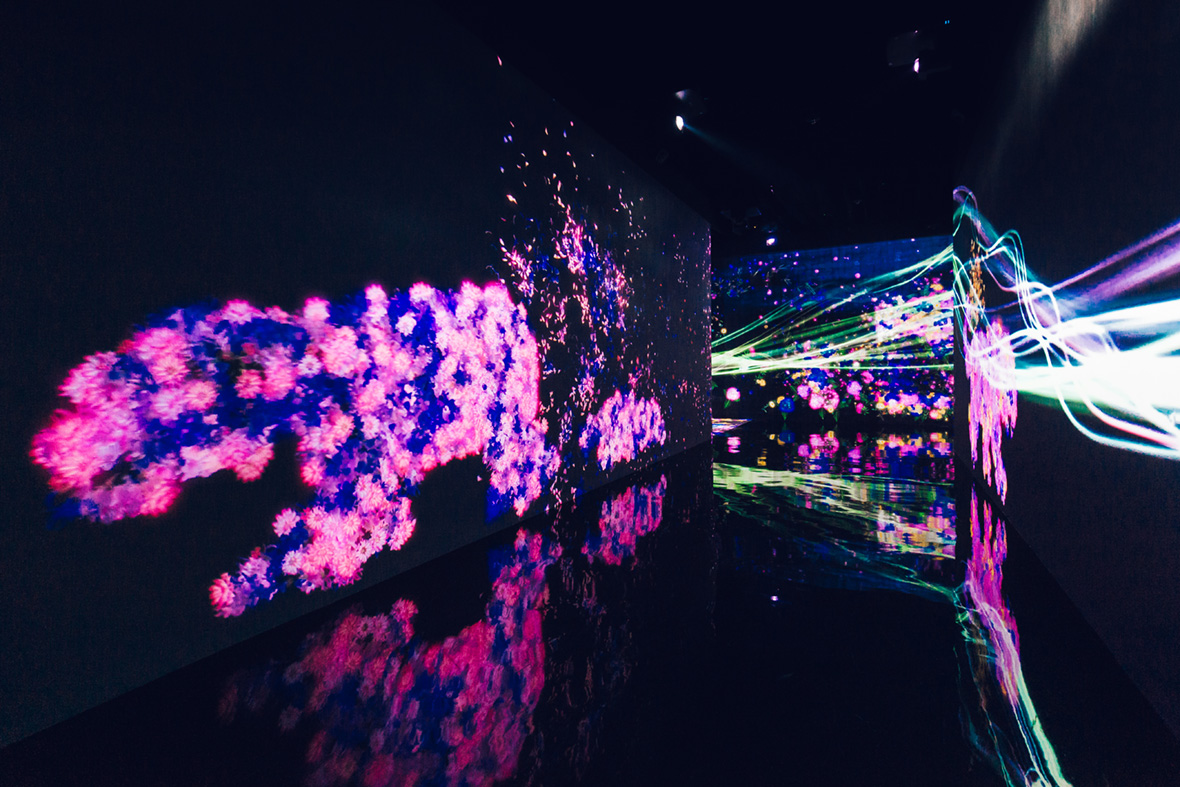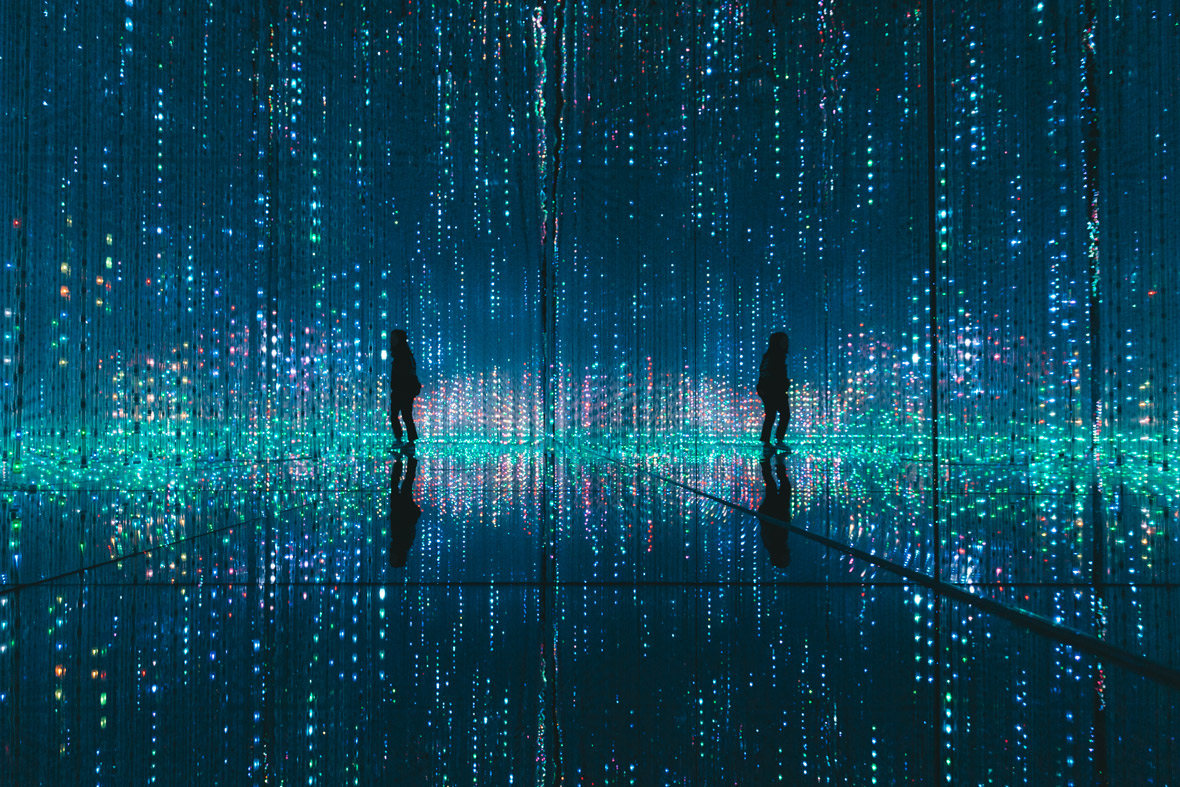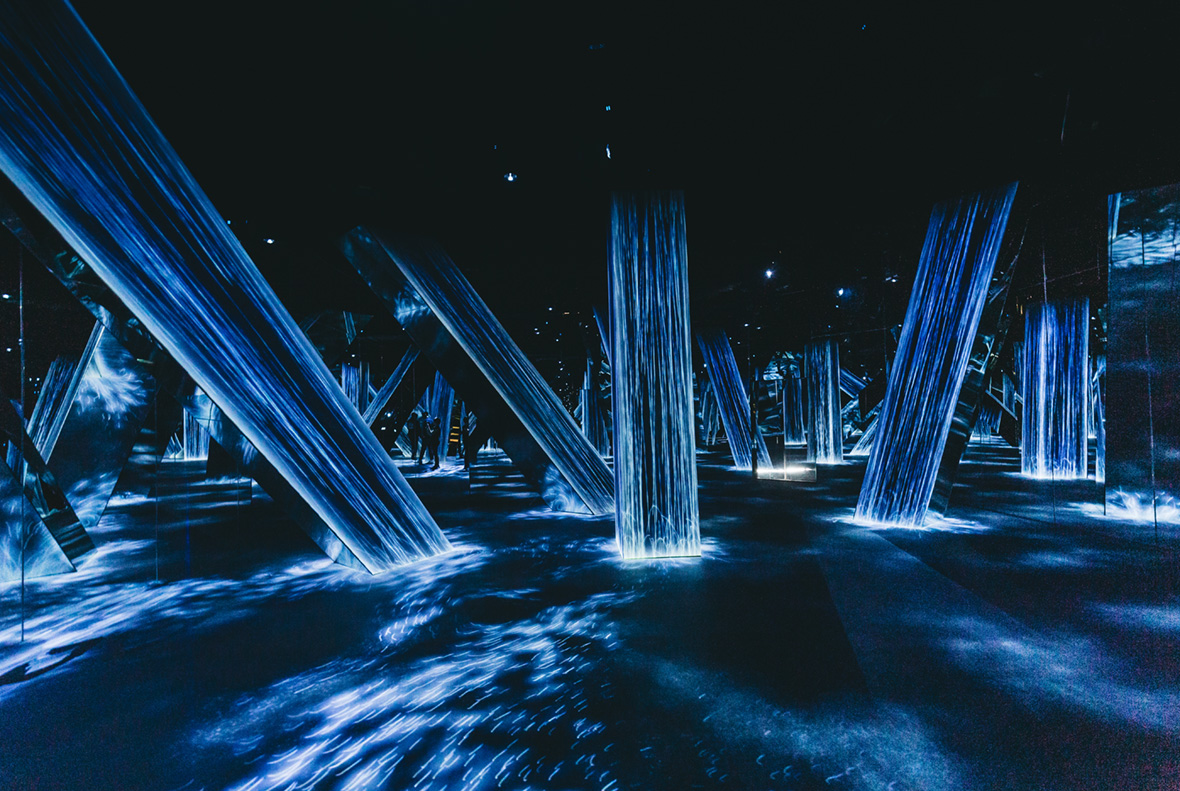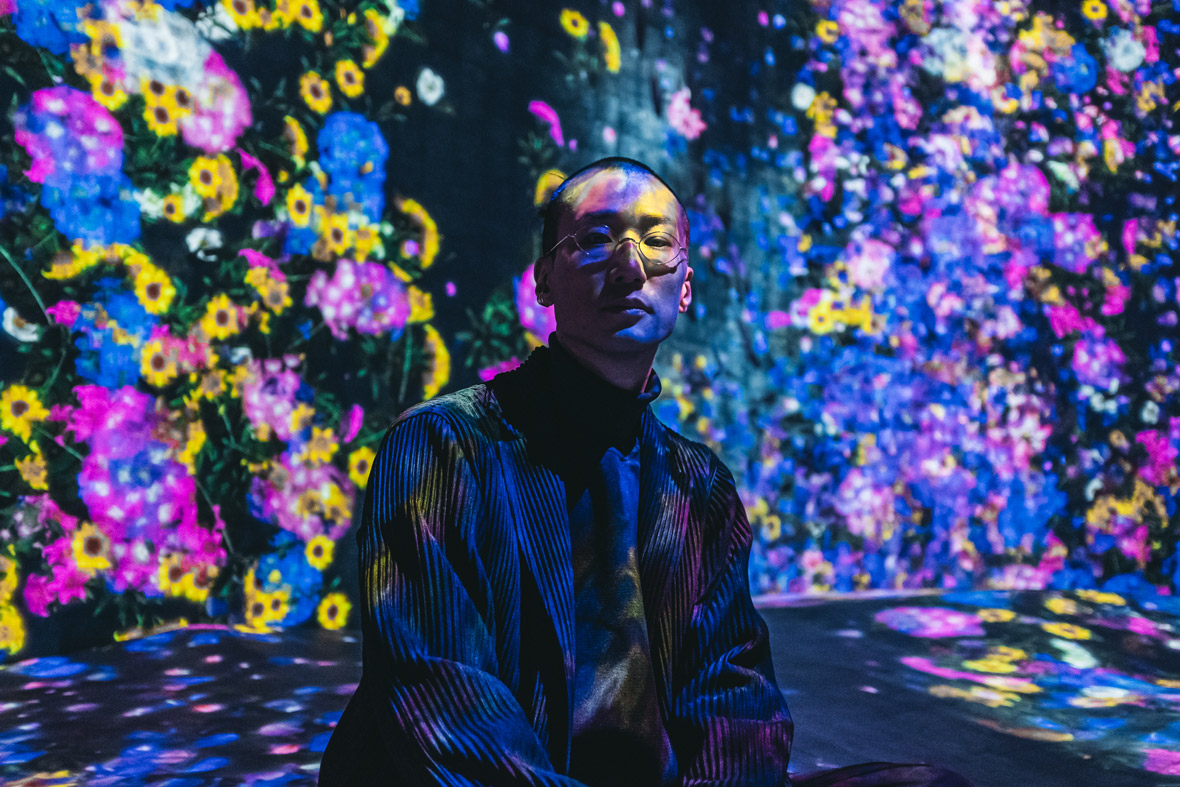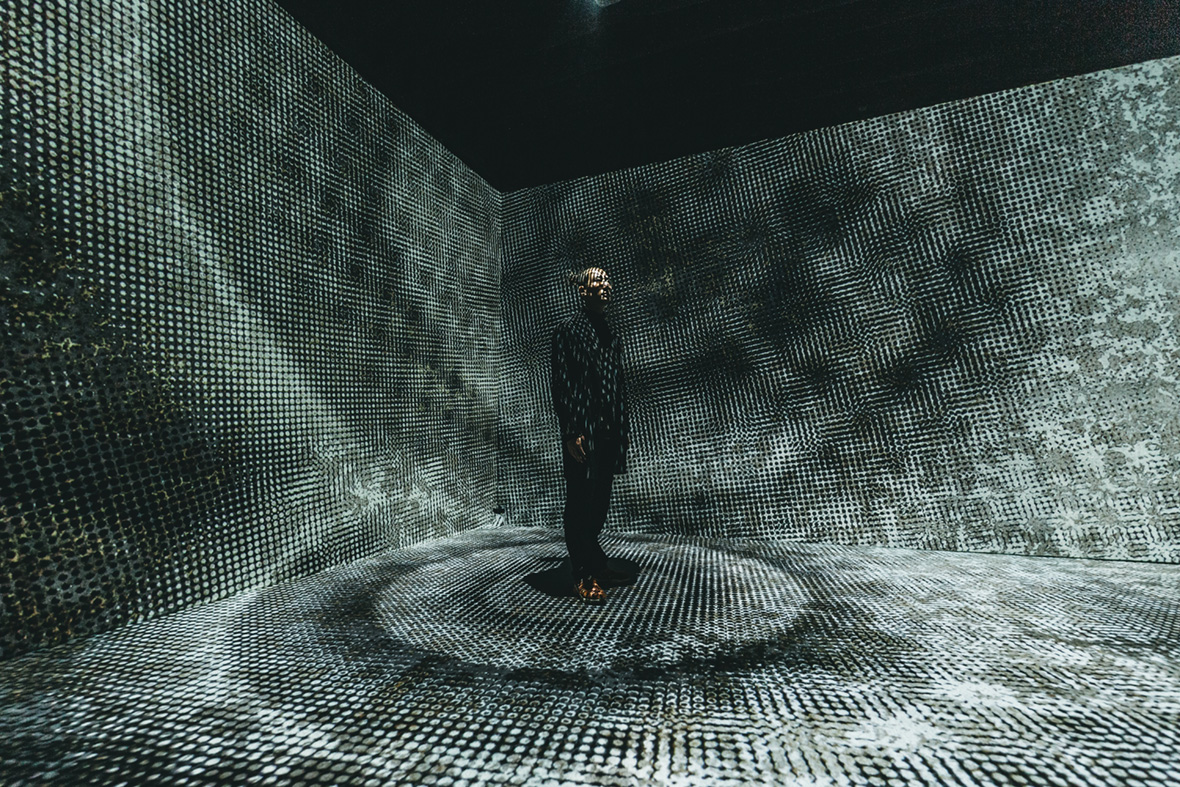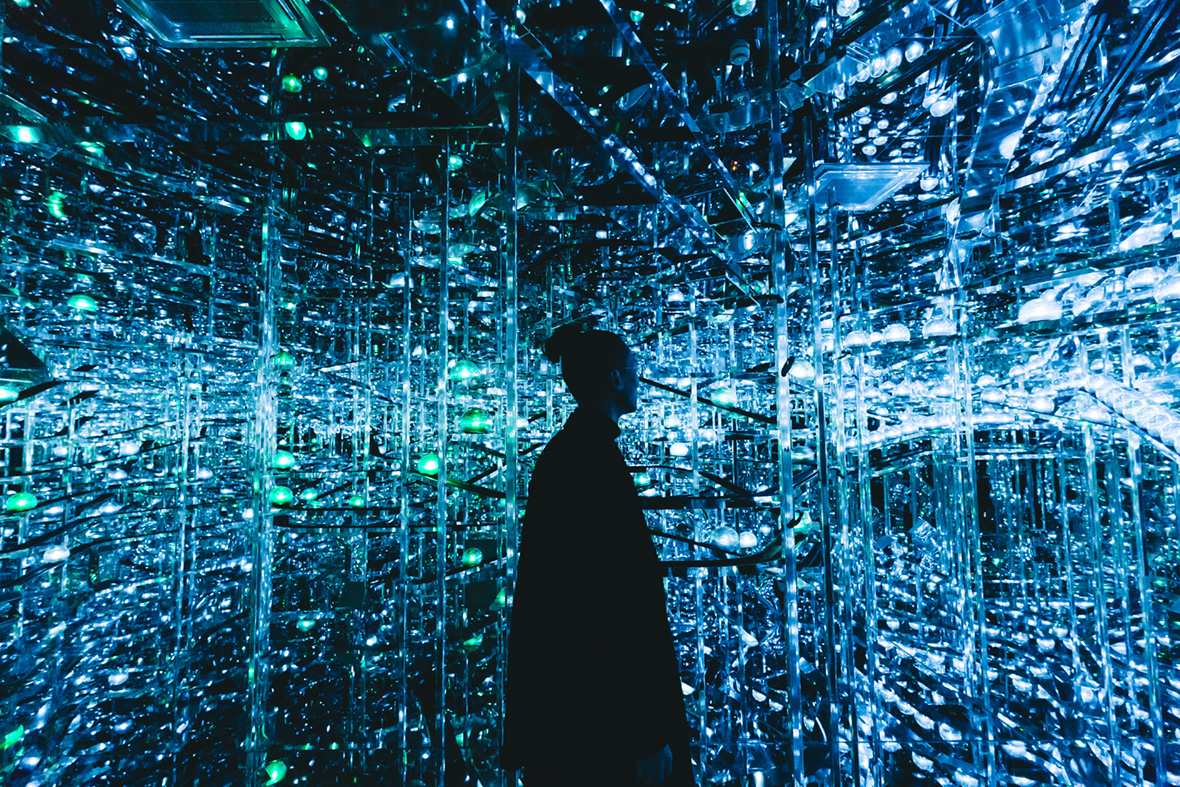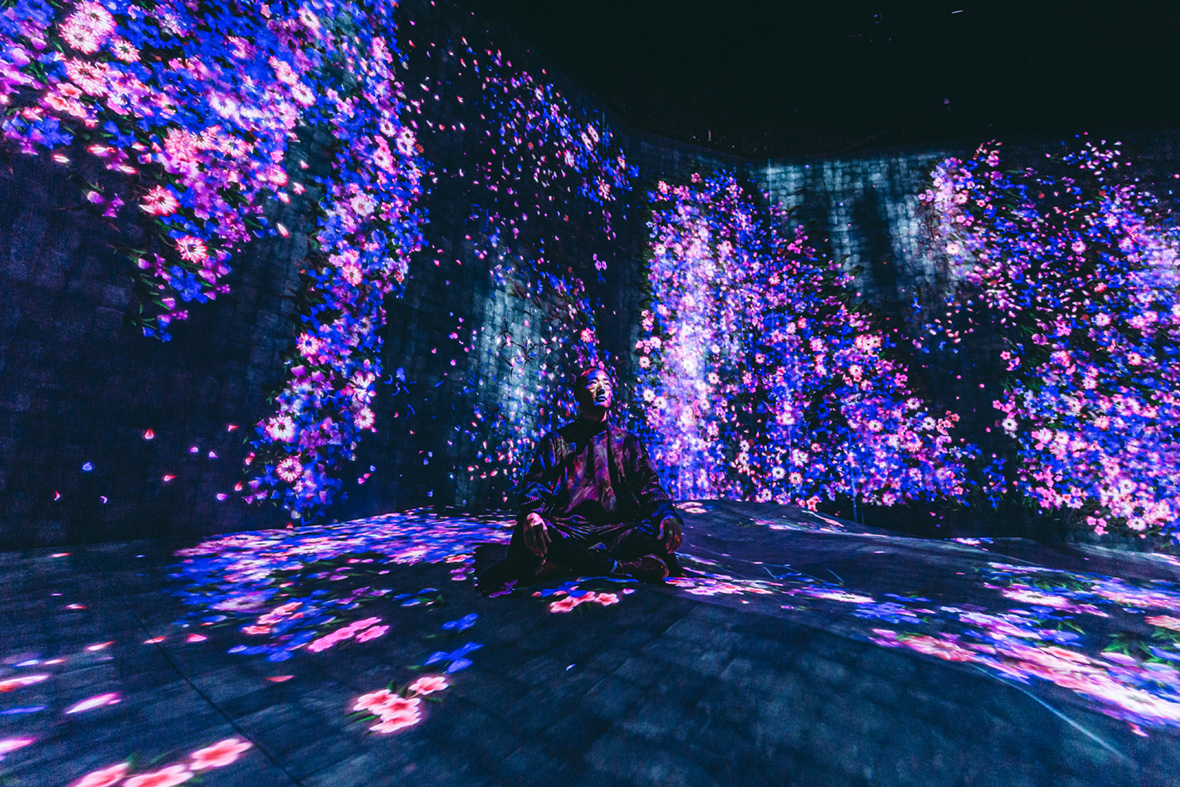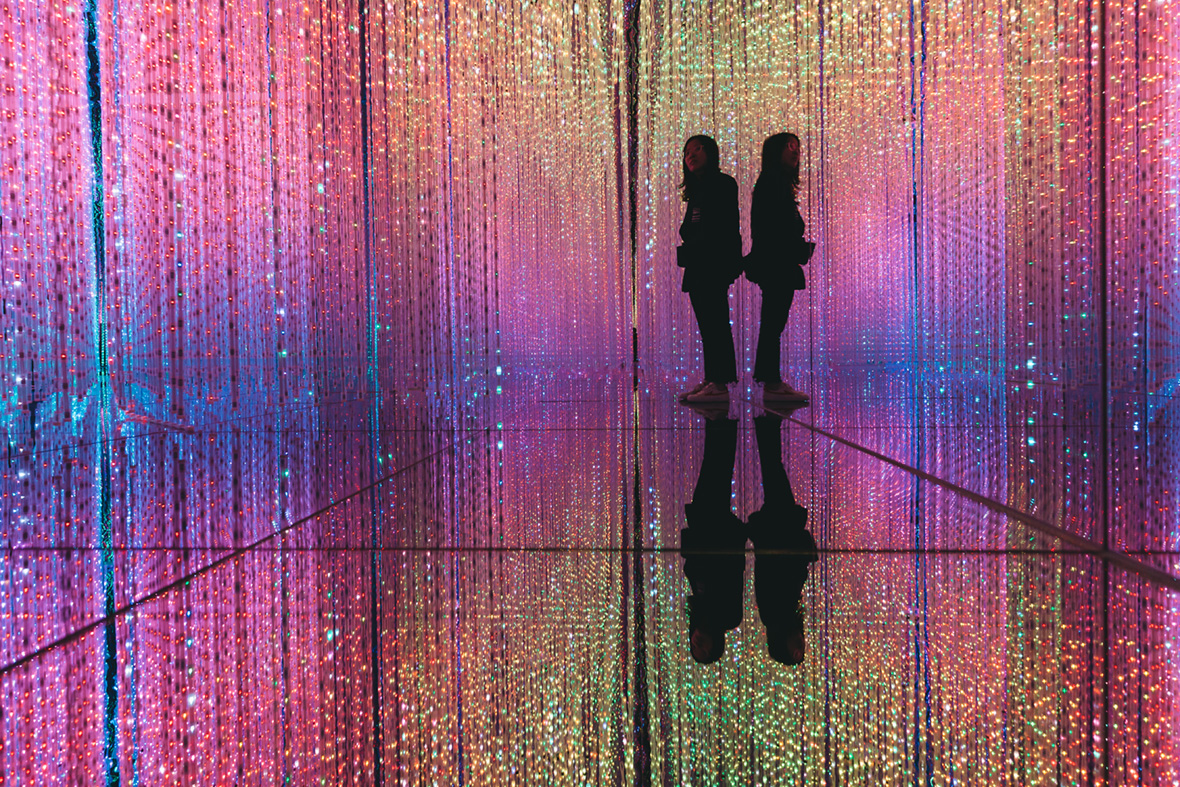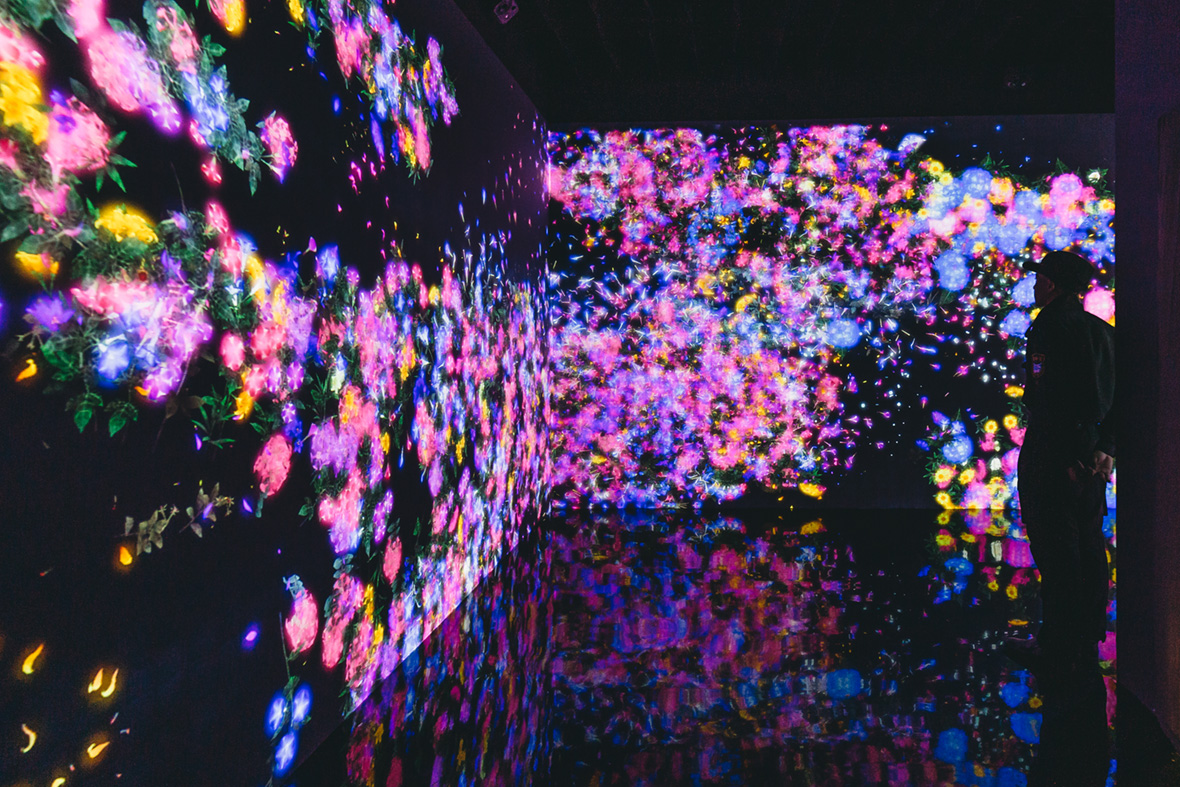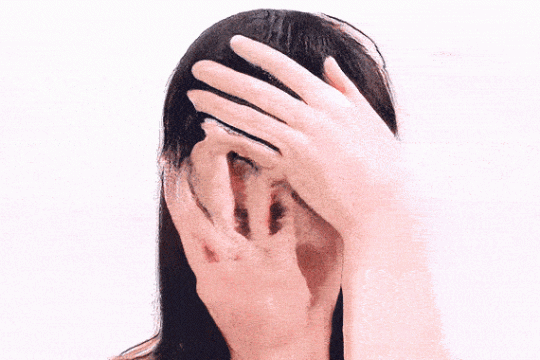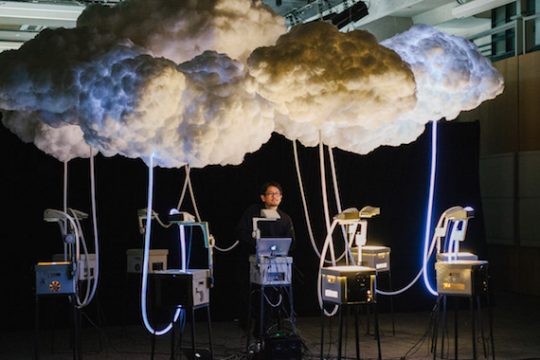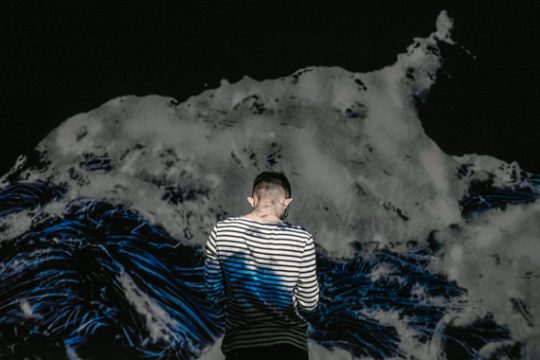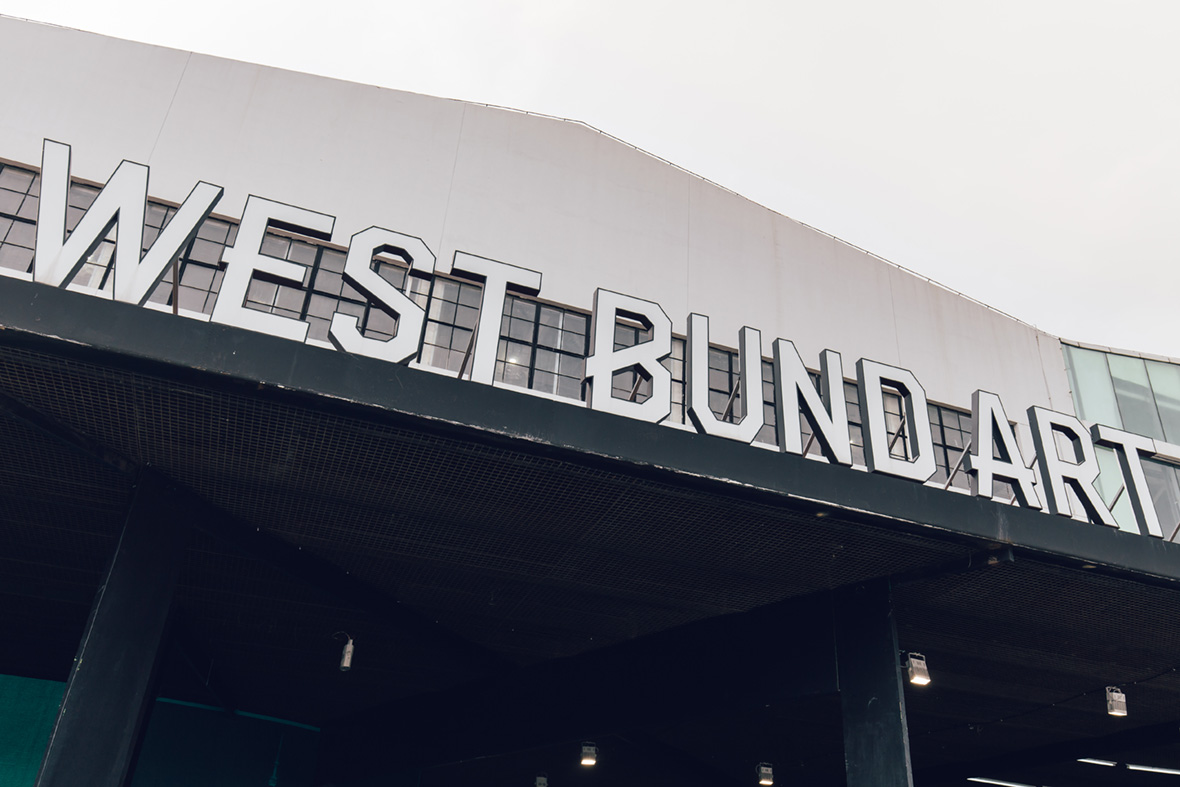
A decade ago, it would have been hard to imagine that a disused industrial zone on the banks of the Huangpu River could become Shanghai’s premier art hub. But in 2011, an urban regeneration project funded by the municipal government, the West Bund Cultural Corridor Initiative, set out to make just such a transformation a reality. Over the last eight years, the stretch of waterfront has been transformed into a thriving center for contemporary art that rivals New York’s Museum Mile and London’s South Bank.
Today, factories and warehouses still stand as a testament to the West Bund’s past life, though now they’ve been repurposed as hip spaces that every weekend draw crowds of art-goers and selfie enthusiasts. The West Bund Long Museum occupies the site of a coal-processing facility, the Yuz Museum is housed in a former aircraft hangar, and Tank Shanghai, which opened earlier this year, has turned five massive oil silos into exhibition spaces. Such institutions have made promenade the city’s new artistic center of gravity. Yet credit for this transformation also goes to the annual West Bund Art & Design fair, which has played a central role in raising the city’s profile on the international art scene.
十年前,谁也不会想到黄浦江畔的废弃工业地带会成为如今上海屈指可数的艺术港湾。早在 2011 年,上海市政府颁布了重改计划,“西岸文化走廊” 正式启动,让一切转变为现实。随着八年的不断孵化,这片沿岸区域现已成为当代艺术领域里繁荣的中心地带,可以与纽约“艺术馆大道”、伦敦“南岸”同日而语。
现如今由仓库和工厂重新改造而成的前卫空间,每周都会会吸引大量艺术和自拍爱好者。那里承载着西岸的过去与现在。龙美术馆的所在场地,之前被用来进行煤炭加工;余德耀美术馆坐落在以前的飞机仓库里;而今年早些时候开放的油罐艺术中心,则是由五个巨大的石油储备仓改造而成。这些场馆与主办单位,是掀起整座城市新艺术的造浪者。与此同时,一年一度的西岸艺术与设计博览会(West Bund Art & Design)也为这场转变留下了深刻印记,其在打造上海市冉冉升起的国际艺术形象的环节中扮演着中心角色。
West Bund Art & Design is an annual art extravaganza first held in 2014. In its earlier years, it was a much more understated affair, hosting a small selection of international galleries at its riverfront site. But as more and more international galleries have sought to tap into the Chinese art market, the fair has grown dramatically. In 2018, since the refurbished factory workshop that initially hosted the event could no longer accommodate all the galleries and visitors, a new exhibition hall, comprised of three interconnected pavilions, was built across the street. In its sixth edition, which kicked off today, the fair will welcome over 100 world-class galleries from 18 countries in its two exhibition halls, showcasing works from over 800 artists.
With so much to see and so little time, West Bund Art & Design can feel daunting. So, to help our readers navigate the two exhibition spaces, we’ve put together a list of our favorite Asia-based galleries taking part in this year’s festivities.
自 2014 年起,西岸艺术与设计博览会每年都会为我们带来美不胜收的艺术作品。展览创立的早期会精选一些少量来自世界范围内画廊的作品,不过随着越来越多国际艺术画廊尝试进入中国市场,西岸艺博会取得了翻天覆地的变化。2018 年,最初翻修过的工厂车间已经容纳不下所有的画廊和参观者,一个由三个相互连接的展厅在马路对面打造完成,一同承接整场博览会。从开创至今,西岸艺术与设计博览会已举办六届。今年的博览会,两个展厅共收纳了来自 18 个国家中 109 个世界级画廊的作品,展出艺术家超过 800 位。
时间少、作品多,西岸艺博会可能会令人望而生畏。为了帮大家在两大展馆四个展厅内找到方向,我们列出了一份以亚洲地区画廊为主的心头好,来共同迎接这一年一度的盛宴。
INK Studio
墨斋
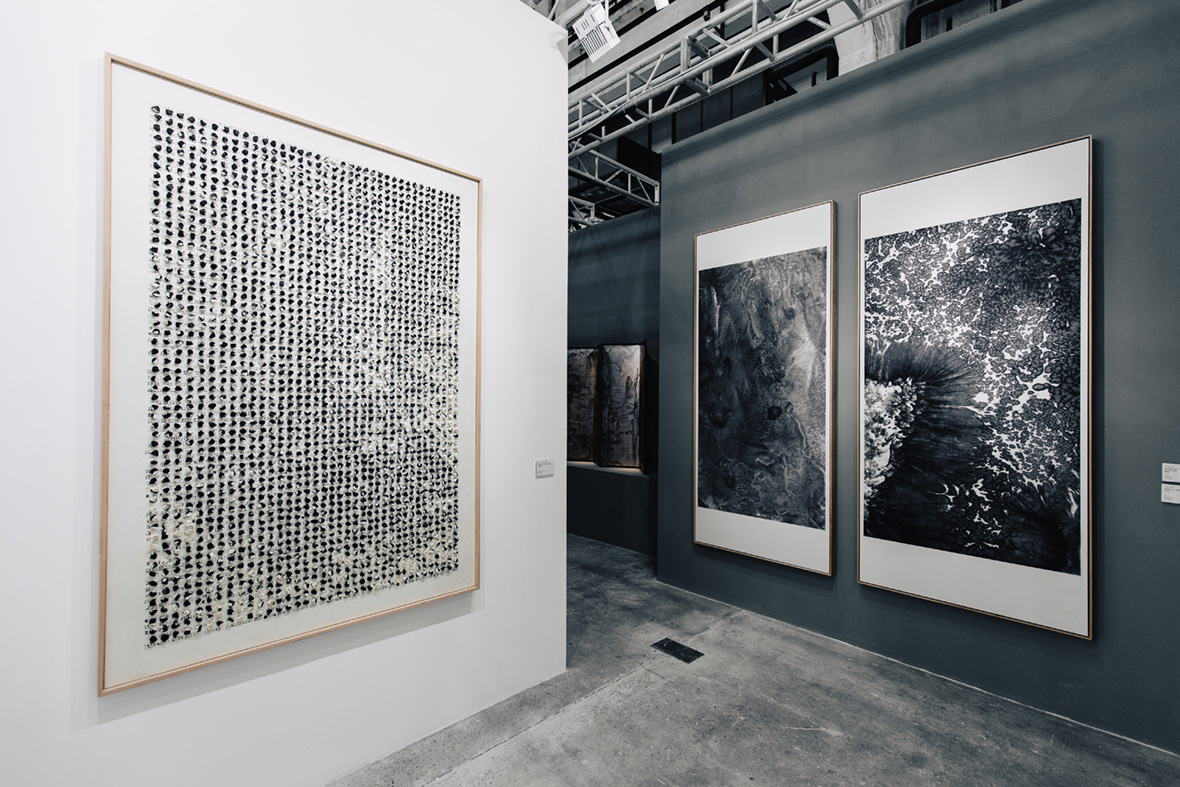
True to its name and mission, Beijing-based gallery INK Studio has curated a stunning collection of avant-garde works that showcase the versatility and complexity of Chinese ink. This year’s showcase includes an intricate landscape painted on multi-paneled folding screens by Peng Kanglong, a trypophobia-inducing composition by Jeong Gwang Hee, artistic manipulations of language by the acclaimed Xu Bing, and much more.
来自北京的墨斋秉承着它的名字和使命,策划了一系列前卫的作品,展示了中国水墨的多样性和复杂性。这次艺博会墨斋带来了彭康隆在多屏屏风上绘制的复杂景观、首次亮相的冰逸的新抽象作品,以及郑光熙创作的、很可能引发密集恐惧症的作品等等。
Kukje Gallery
Kukje 画廊
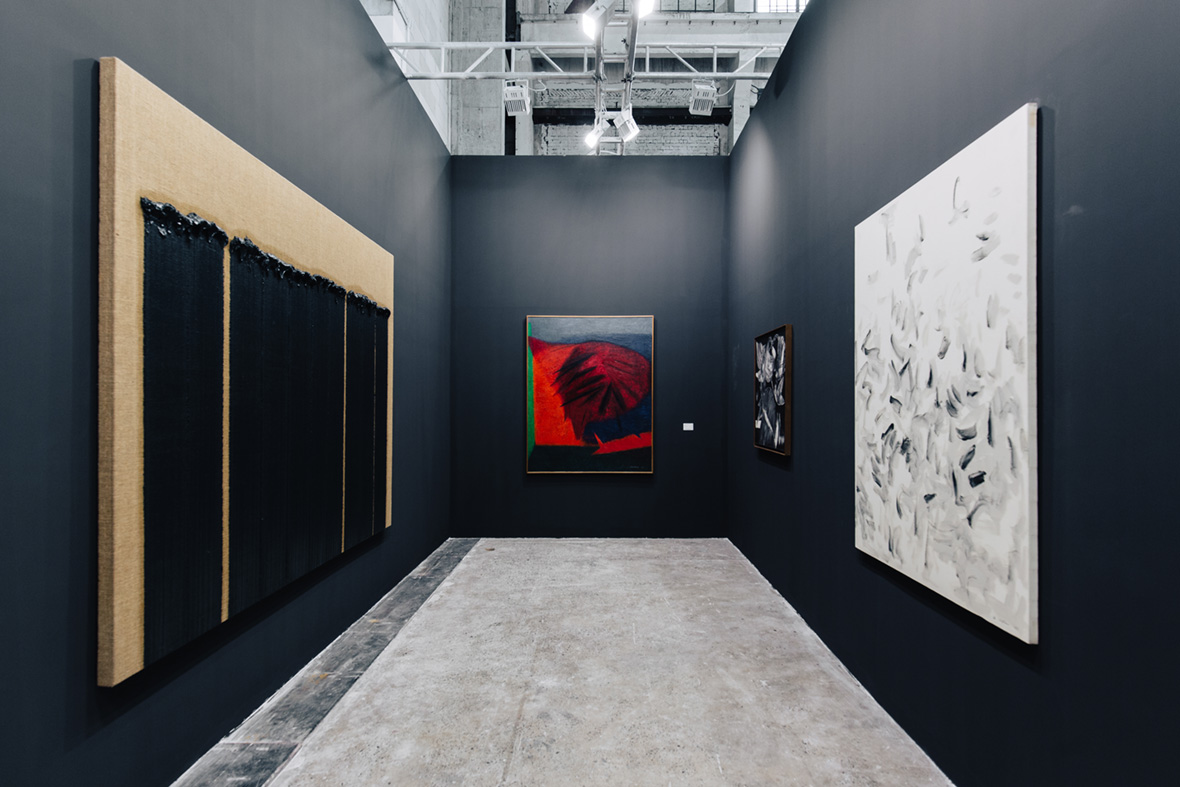
Kukje Gallery has been a leading name in the Korean art scene since it first opened in 1982. While its long been committed to championing Korean artistic talent, the gallery’s showing at this year’s West Bund Art & Design also includes world-class artists from outside of Asia, such as Julian Opie and Jean Michel-Othoniel
自 1982 年开业以来,Kukje 画廊一直是韩国艺术界的领军者。尽管一直致力于支持韩国艺术人才,但画廊今年在西岸艺术与设计展上也展出了来自韩国以外地区的蓝筹艺术家的精选作品。
Canton Gallery
广州画廊

Displaying only a single work by artist He Chi at their booth, Canton Gallery’s less-is-more approach demonstrates a curatorial confidence that’s hard to not be impressed by. The showcased piece, Goodle, is a visually arresting installation comprised of flawed ceramic creations that exemplify the concept of wabi-sabi, a Japanese philosophy centered on embracing the beauty of imperfection.
广州画廊本次的展位秉持“少即是多”的理念,在展台上只展示了一件作品,令人耳目一新。由中国艺术家何迟创作的装置作品“古瓦(gū)者瓦(dū)”,视觉上非常有冲击力,它由艺术家本人收藏的古代烧制失败的陶瓷制品构成。“古瓦(gū)者瓦(dū)”是日本“wabi-sabi”(意为“侘寂”)哲学的典型代表,其核心理念正是拥抱不完美之美。
Ota Fine Arts
大田秀则画廊
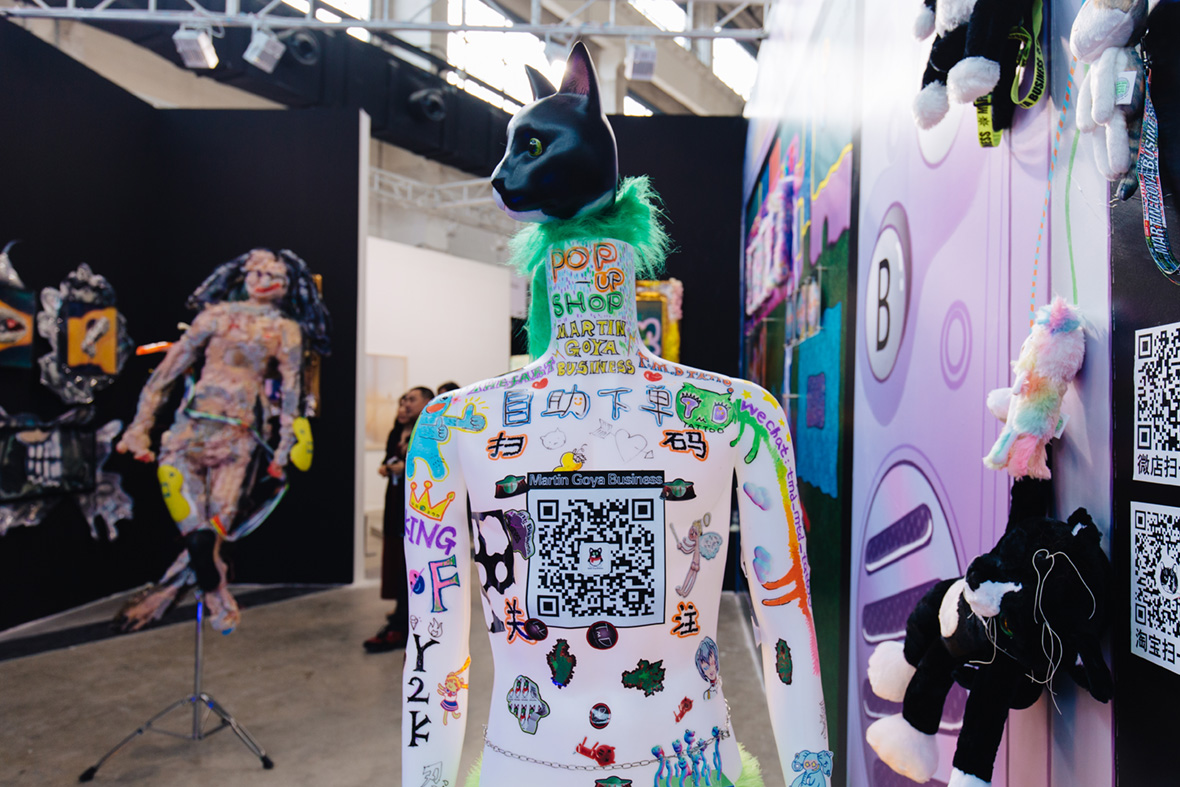
Situated directly inside the main entrance of Hall A, Ota Fine Arts presents an eclectic showcase that feels comfortably out of place from the sterile white environment of the surrounding booths. With its collection of graffiti-covered paintings and disfigured sculptures placed front and center, the Japanese gallery seems keen to continue pushing the boundaries of contemporary art, just as it has done for the past 16 years.
位于主馆A厅一进门处的大田秀则画廊,像是个特立独行的陈列柜,与四面白墙的环境相映成趣。这家日本画廊收藏的涂鸦画作和抽象雕塑摆在最前方的正中位置,就像它过去 16 年所做的那样,大田秀则画廊持续不断地输出当代艺术的最前沿风潮。
ROH Projects
ROH Projects
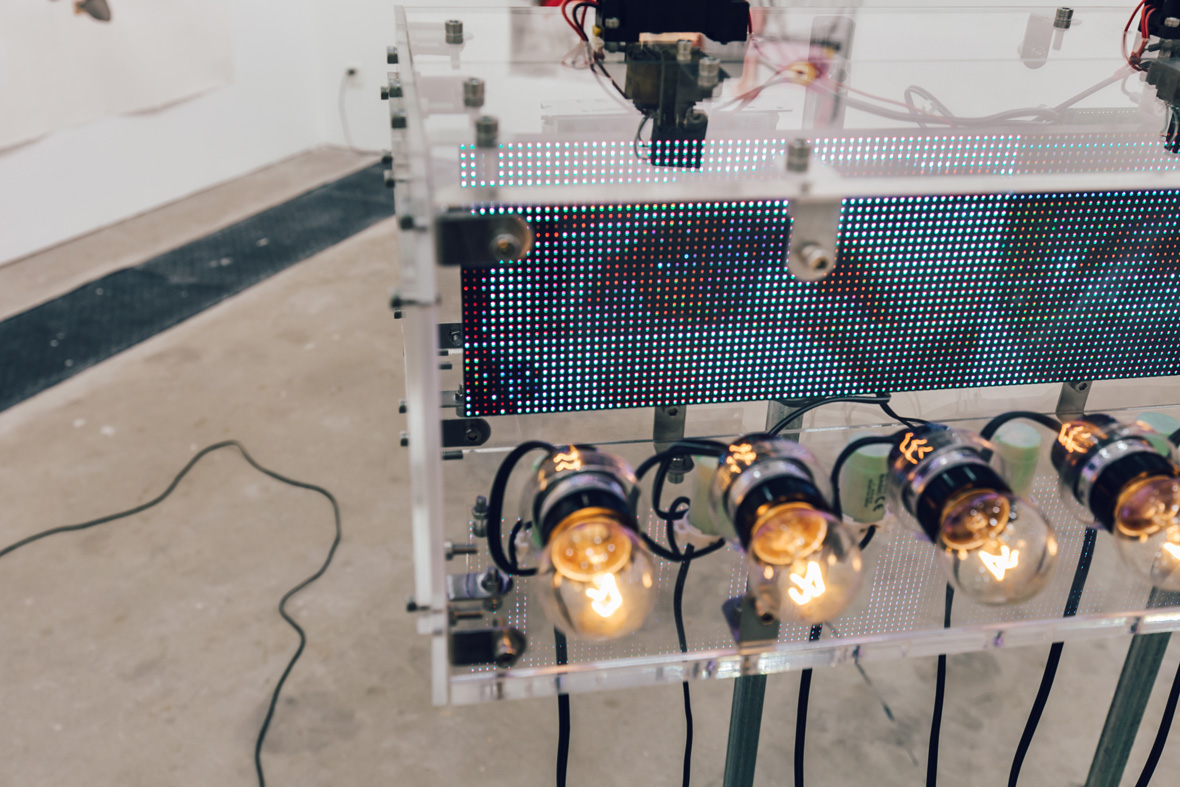
Jakarta-based gallery ROH Projects returns to this year’s West Bund Art & Design with another impressive showcase of works from a powerhouse roster of Indonesian artists, including an electronic sculpture by Bagus Pandega, conceptual works by Aditya Novali, paintings by Arin Dwihartanto Sunaryo, and more.
位于雅加达的画廊 ROH Projects 今年重返西岸艺博会,提供了强大的印尼艺术家群作,包括 Bagus Pandega 的电子雕塑,Aditya Novali 的概念作品和 Arin Dwihartanto Sunaryo 的绘画作品等。
Galerie Dumonteil
杜梦堂
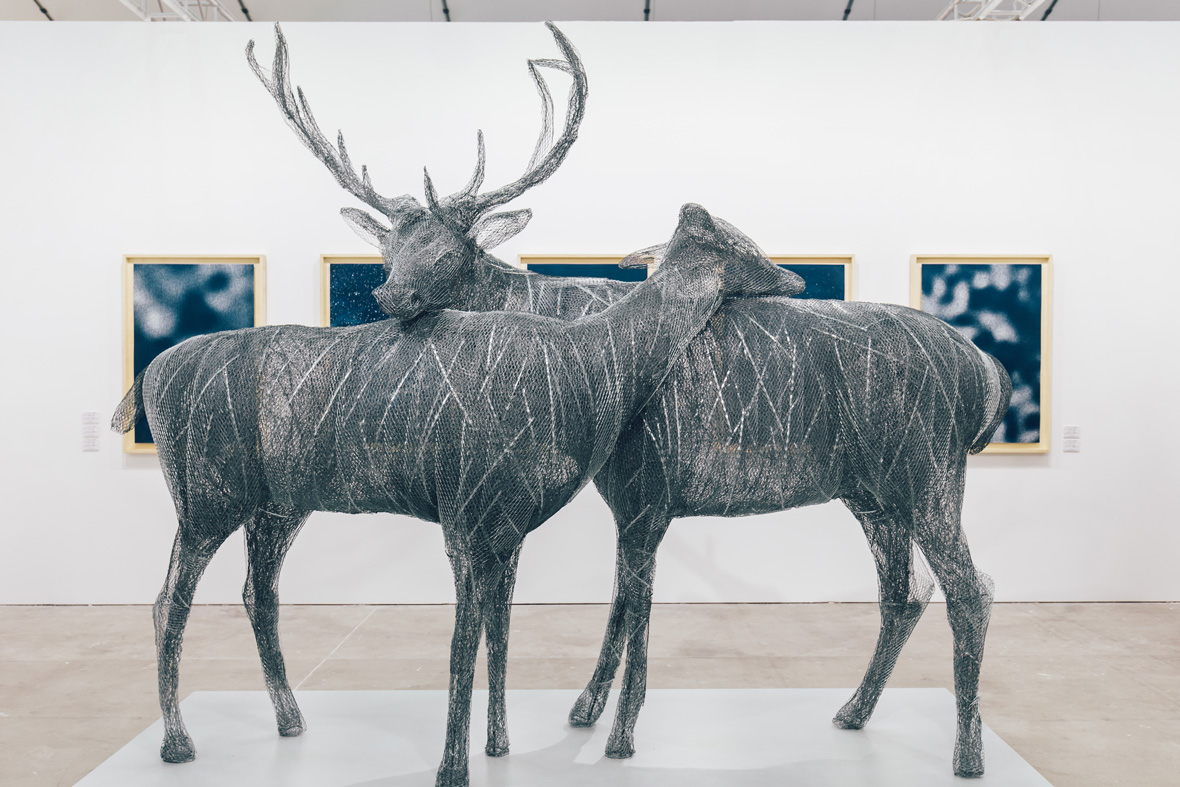
With locations in Paris, New York, and Shanghai, Galerie Dumonteil is a gallery that’s long committed to bridging the gap between the East and the West through art. This year’s booth has been dedicated to French artist Tess Dumon’s solo exhibition A Thing of Beauty is a Joy Forever. The exhibition, with works spanning across a gamut of mediums, blends together elements and concepts from Buddhism, Taoism, and Chinese folklore to form a deeply personal narrative.
在巴黎、纽约和上海都设有空间的杜梦堂,长期致力于通过艺术弥合东西方之间的隔阂。在本届艺博会,杜梦堂呈现了法国艺术家苔丝·杜蒙的个展“美是永恒的喜悦”,艺术家将佛教、道教和中国民间传说中的元素和概念融合在一起,形成了深刻的个人化叙事。
Star Gallery & Line Gallery
星空间 & 玉兰堂
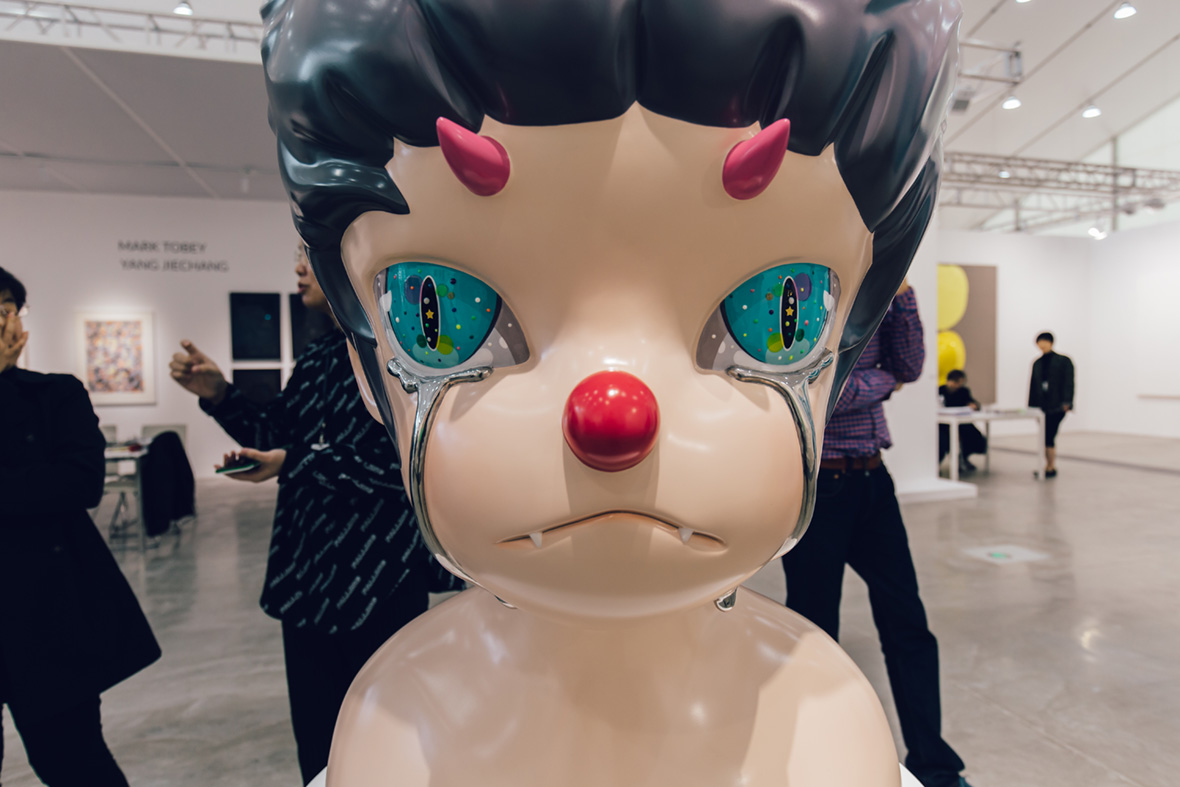
At the booth co-curated by Beijing-based art institutes Star Gallery and Line Gallery, description placards for each piece of art are nowhere to be found. Instead, artist names and working titles have been hastily scribbled in pencil on the walls. This same sense of youthful whimsy underpins the collection of art on display, which includes works from comics artist Yan Cong, painter Gao Yu, and more.
TKG+
TKG+

Some of the most standout pieces presented by Taipei-based gallery TKG+ are the works of Mit Jai Inn. By applying layers upon layers of paint to a variety of canvas surfaces, the Thai artist creates kaleidoscopic textures and patterns that captivate the imagination.
台北 TKG+ 画廊展位最抢眼的作品是来自 Mit Jai Inn。通过在各种不同的画布表面上涂一层又一层的颜料,这位泰国艺术家创造了千变万化的纹理和图案,供人们展现无穷的想象力。
MadeIn Gallery
没顶画廊
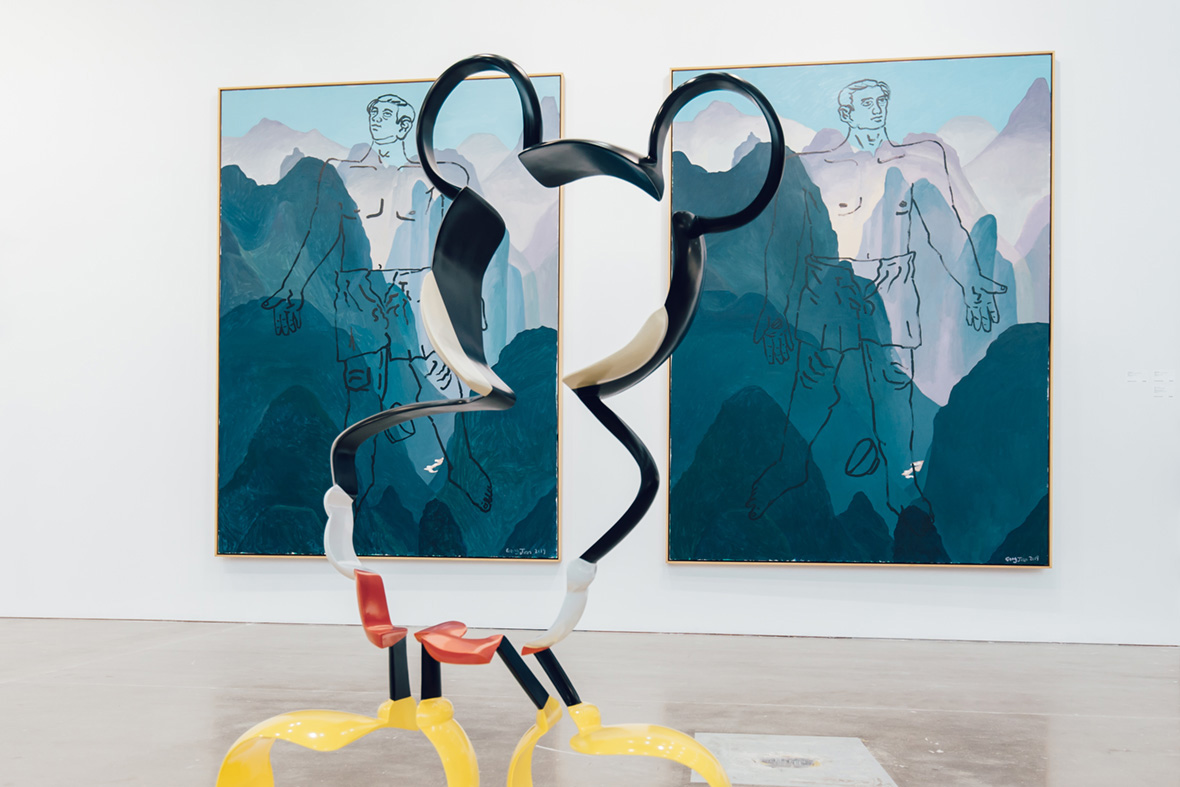
Shanghai’s MadeIn Gallery hits all the right notes with its quirky collection of contemporary art. The works include a sculpture depicting the iconic silhouette of Mickey Mouse; a fictional love story printed on A4 paper and held by a pair of robotic hands protruding from the wall; a cluster of grapes with human facial features, seemingly lost in blissful ecstacy; and more.
上海的没顶画廊带来了一组充满趣味的当代艺术作品:一个呈现米老鼠标志性轮廓的雕塑;地球上最后两个人类之间虚构的爱情故事;一组有着人类面部特征的葡萄,似乎迷失在喜悦的狂喜之中;以及更多。
Gajah Gallery
象画廊
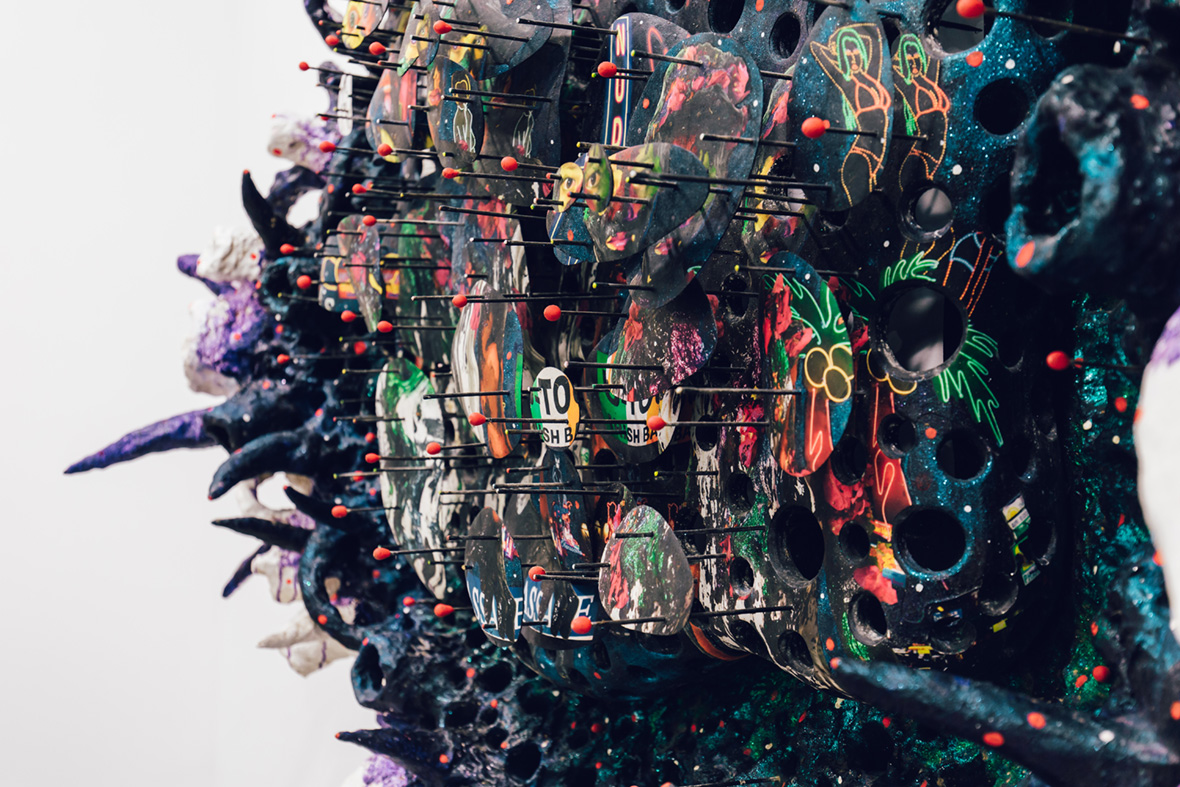
Attending West Bund Art & Design for the first time, Gajah Gallery has brought along a sizeable collection of works by artists from all over Southeast Asia, including never-before-seen artworks from Singaporean sculptor Suzann Victor, Indonesian painter Erizal As, and much more.
作为首次参加西岸艺术与设计博览会的象画廊,本次带来了来自东南亚各地艺术家的大量作品,包括新加坡雕塑家 Suzann Victor 的作品和印度尼西亚画家 Erizal As 的作品等。
West Bund Art & Design is happening between now and November 10th. Tickets are available at the door and online via Zoqi and Maoyan.
Address:
West Bund Art Center
2555 Long Teng Avenue,
Xuhui District, Shanghai
China
Hours:
Friday, November 8th, 12pm ~ 7pm
Saturday, November 9th, 10am ~ 7pm
Sunday, November 10th, 10am ~ 7pm
西岸艺术与设计博览会正在进行,即日起到11月10日,可以登陆“走起”和“猫眼”进行购票。
地址:
西岸艺术中心
龙腾大道2555号
上海徐汇区
中国
参观时间:
周五,11 月 8 日,中午十二点至晚上七点
周六,11 月 9 日,早上十点至晚上七点
周日,11 月 10 日,早上十点至晚上七点
Like our stories? Follow us on Facebook and Instagram.
Website: www.westbundshanghai.com
Instagram: @westbundartfair
Contributor: Chen Yuan, David Yen
Photographer: David Yen
Chinese Translation: Pete Zhang

